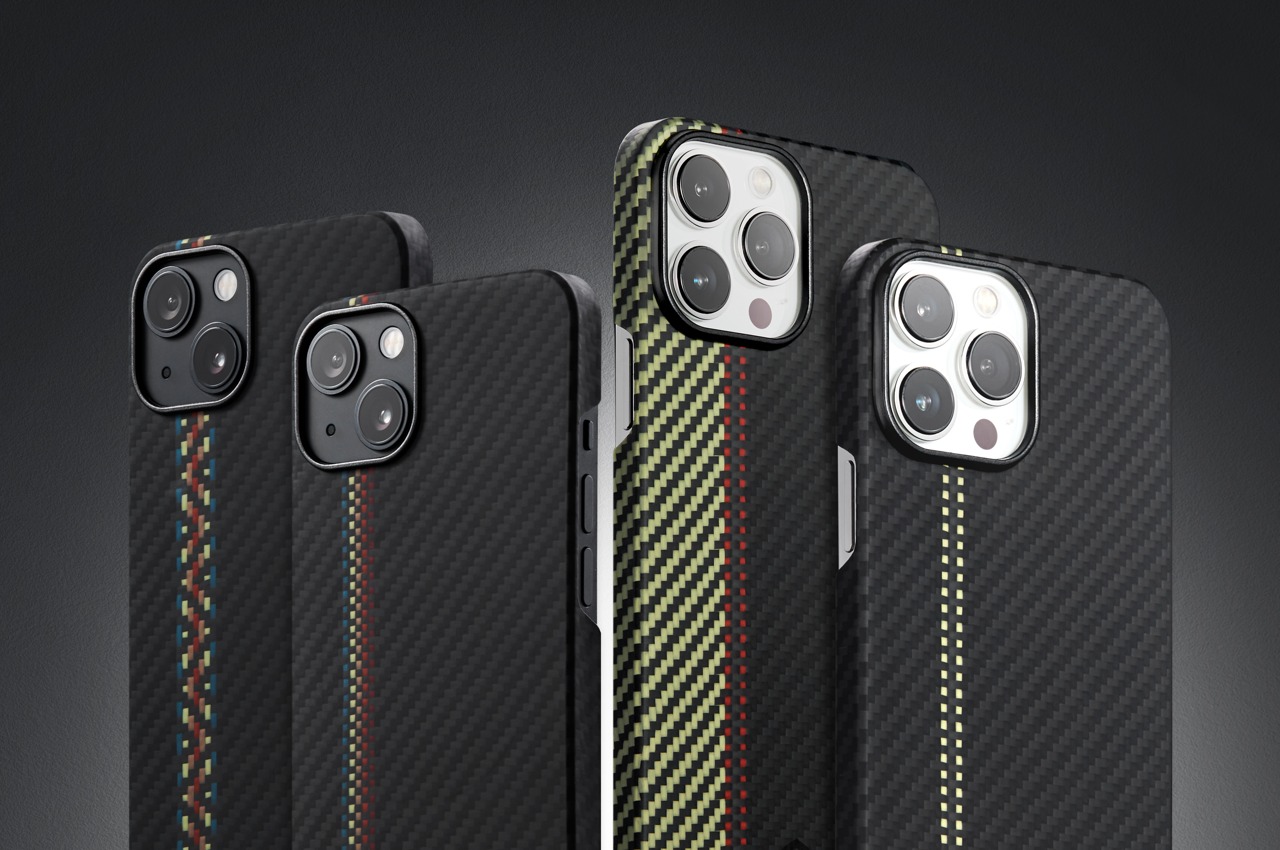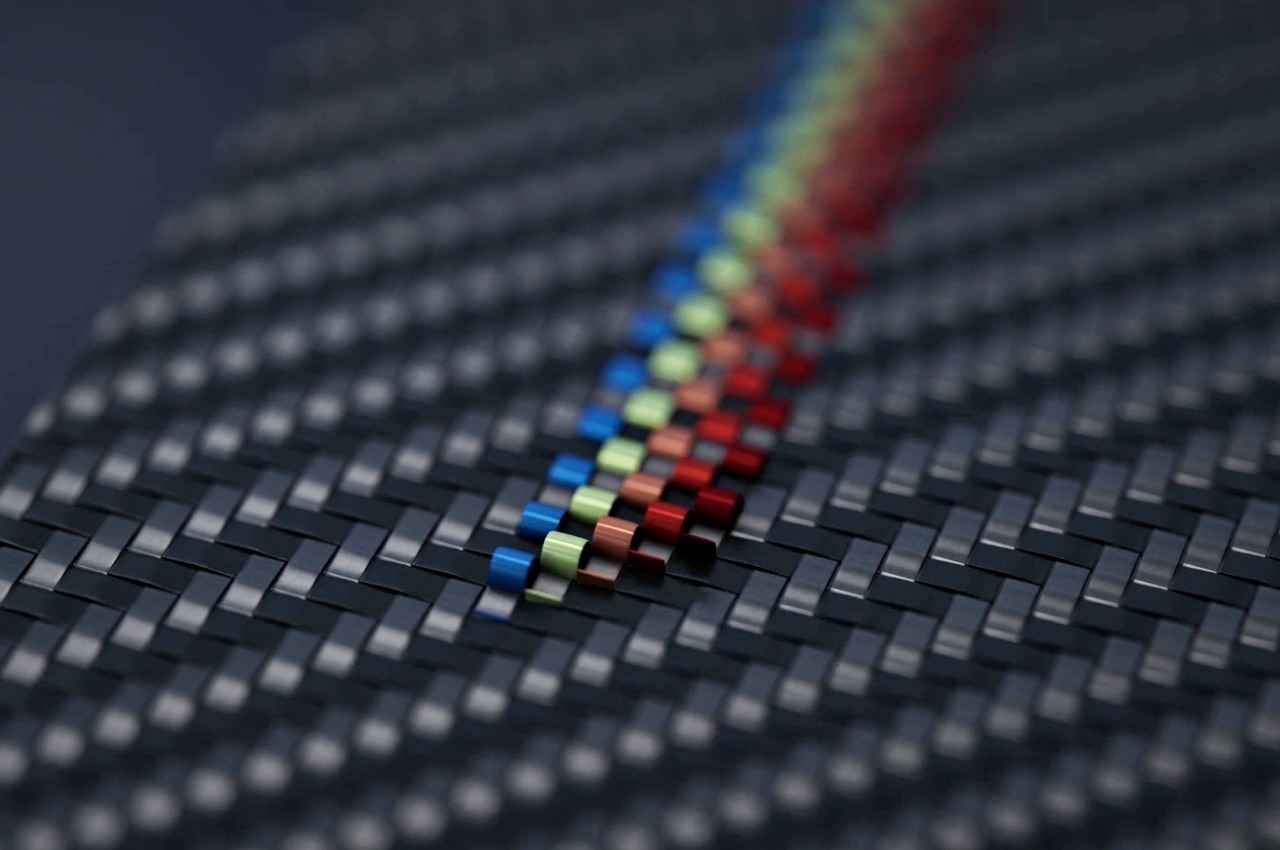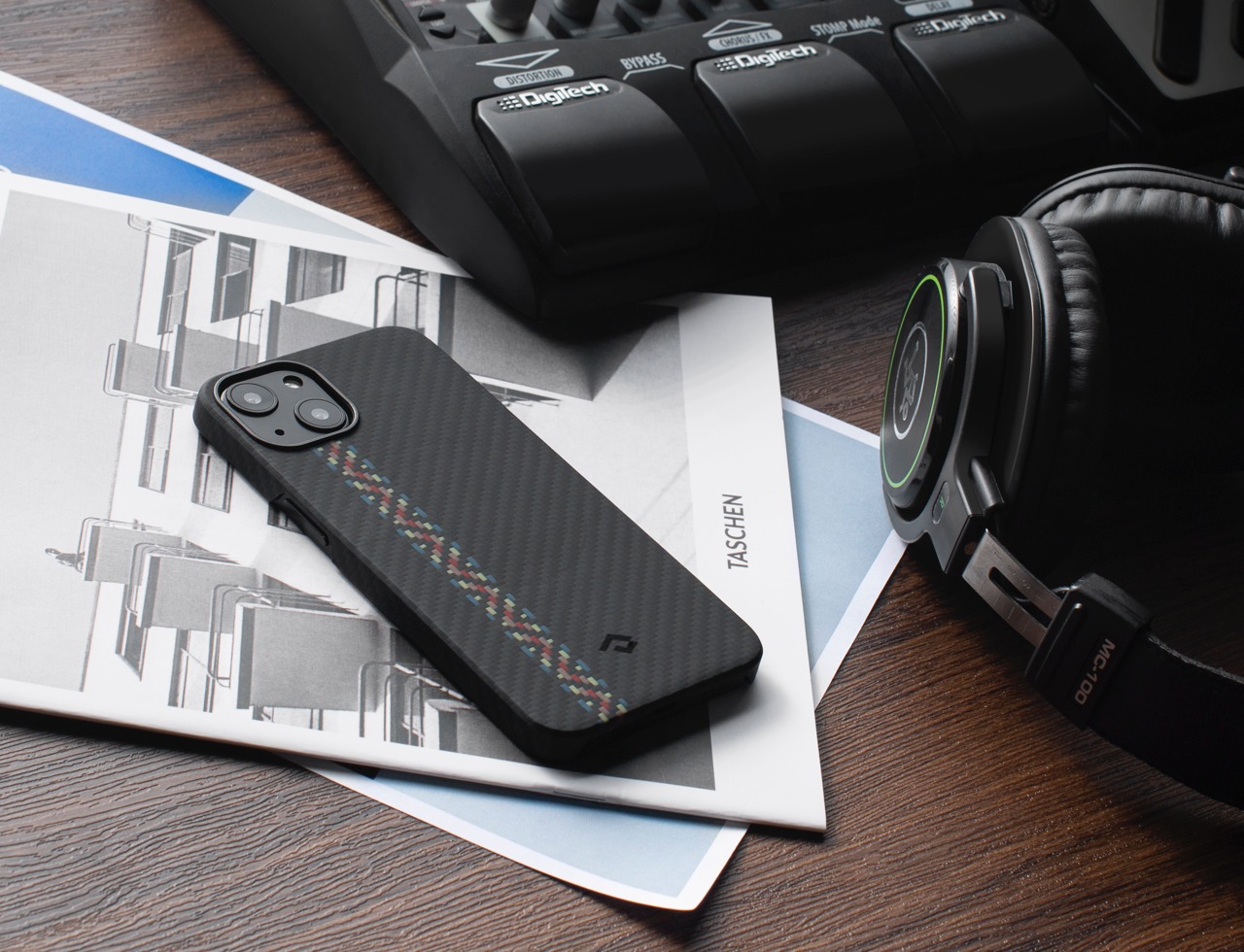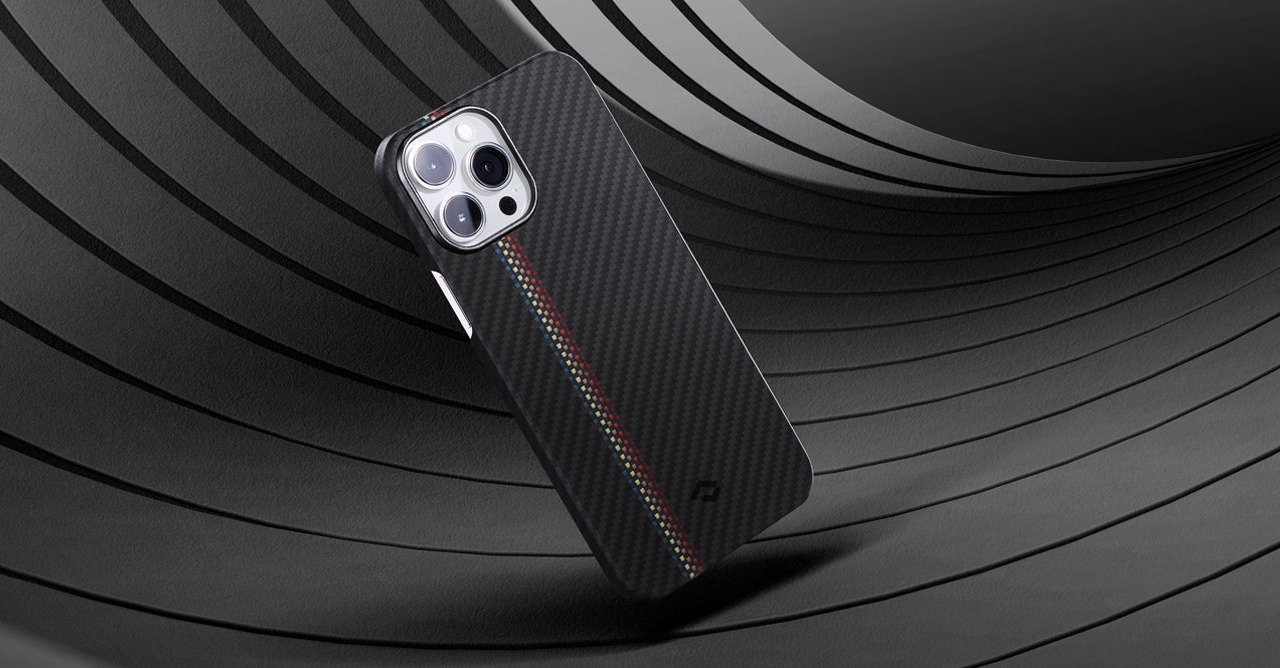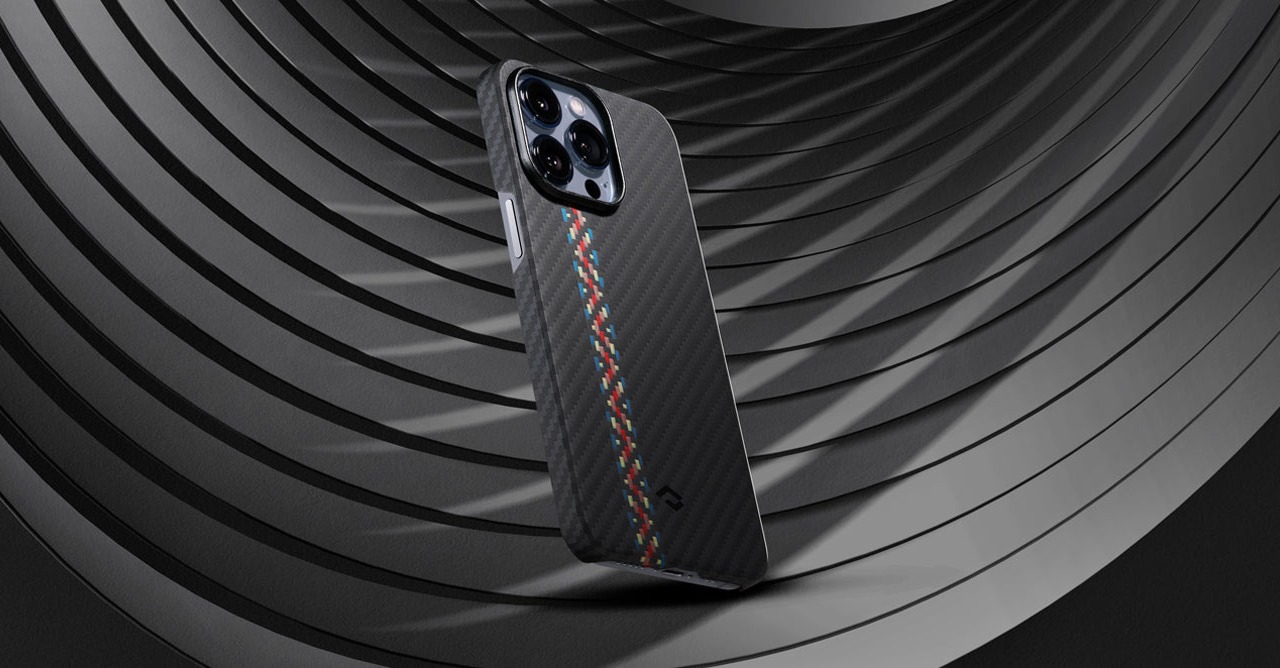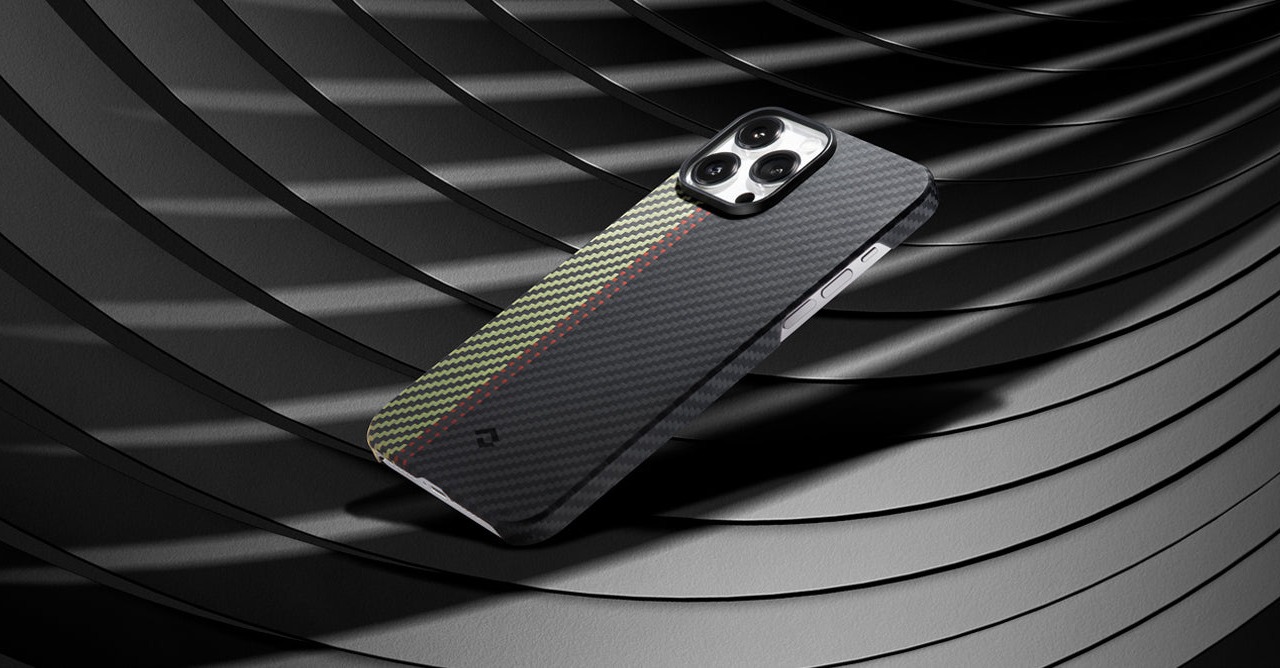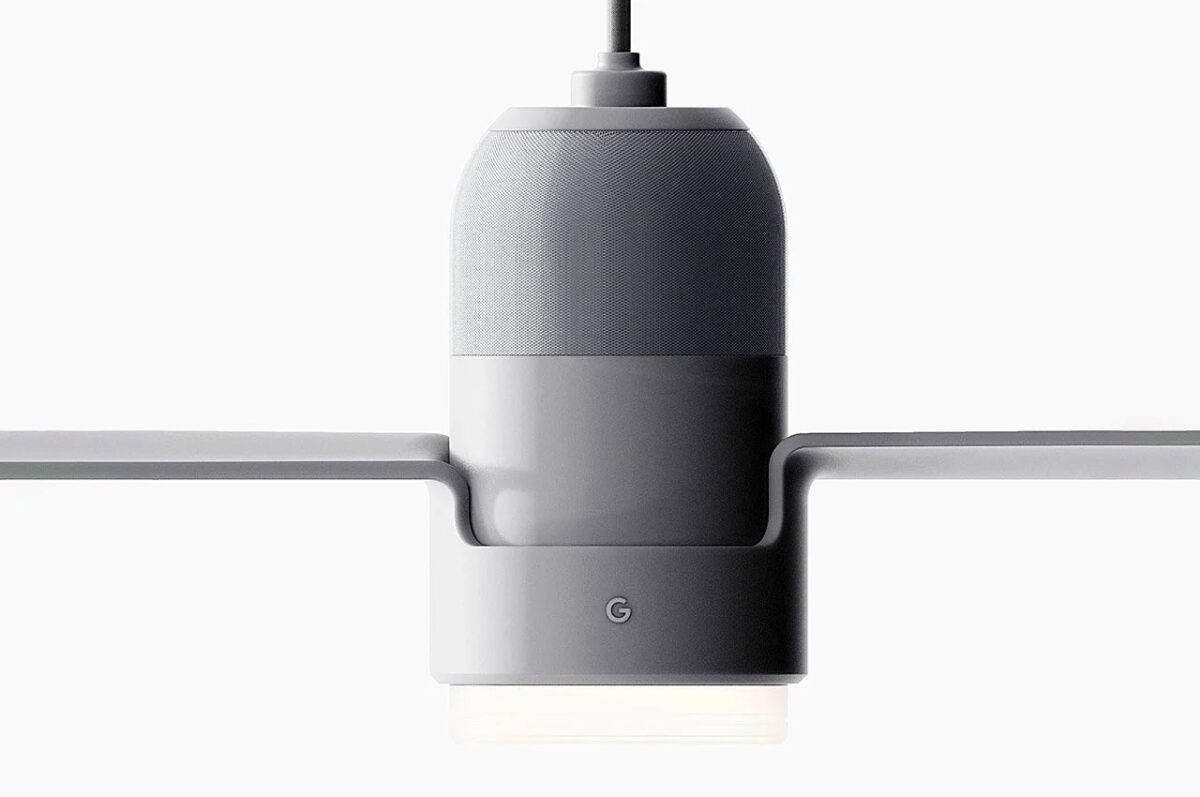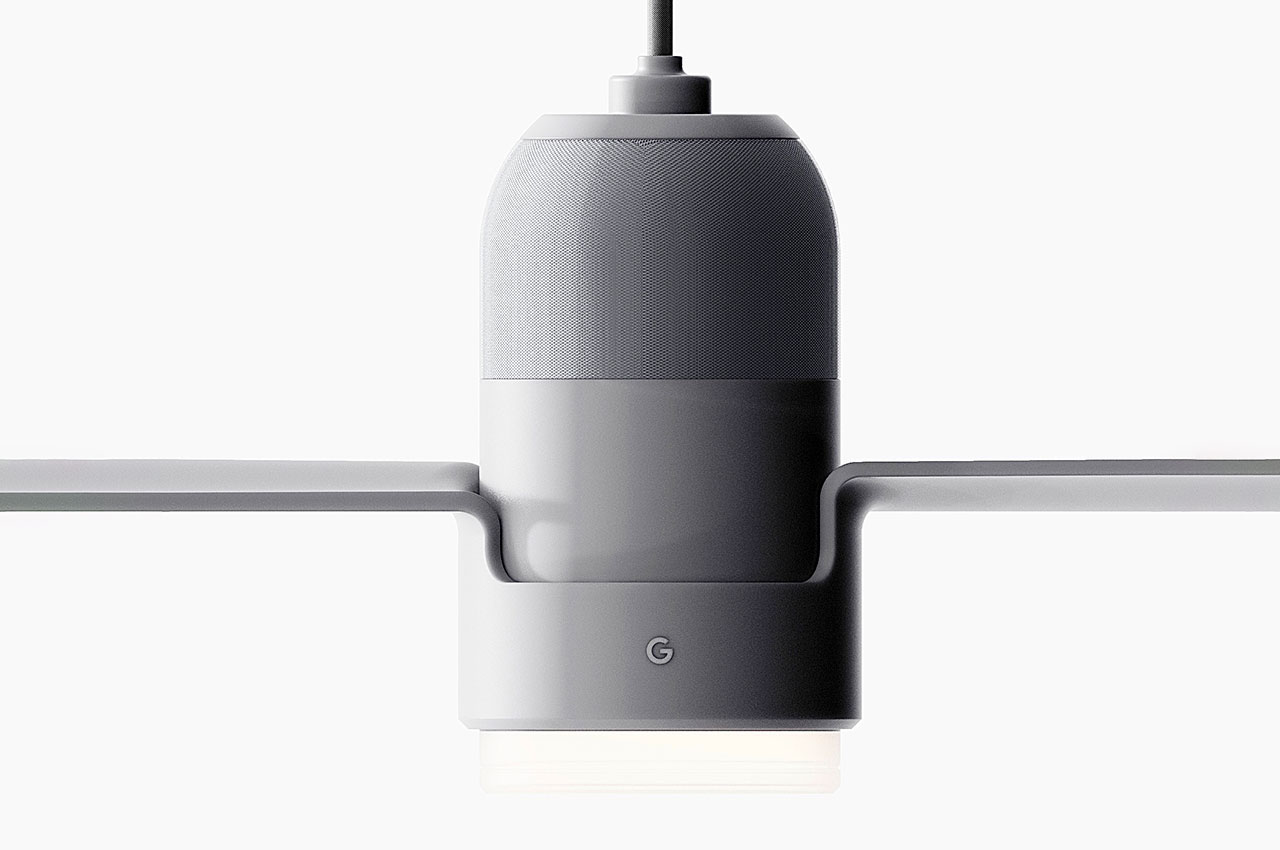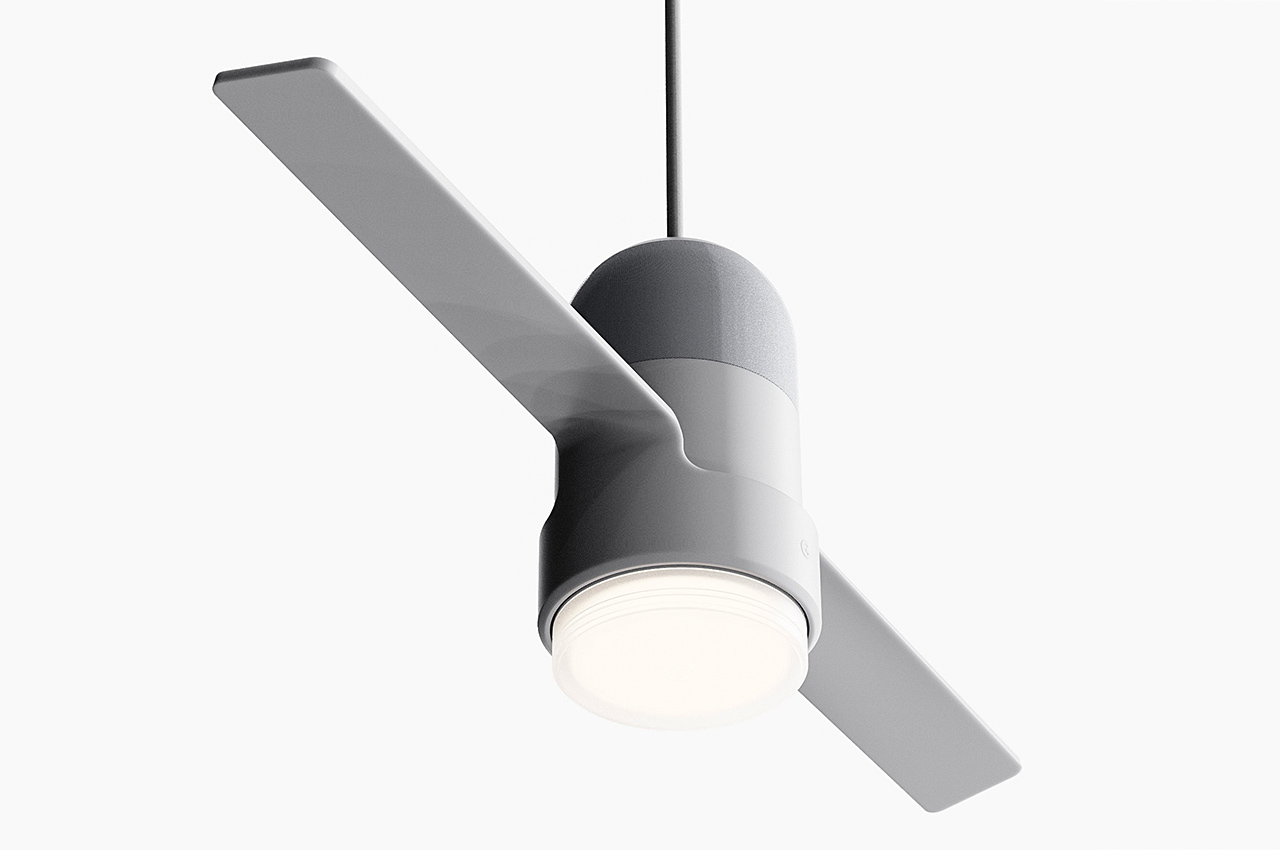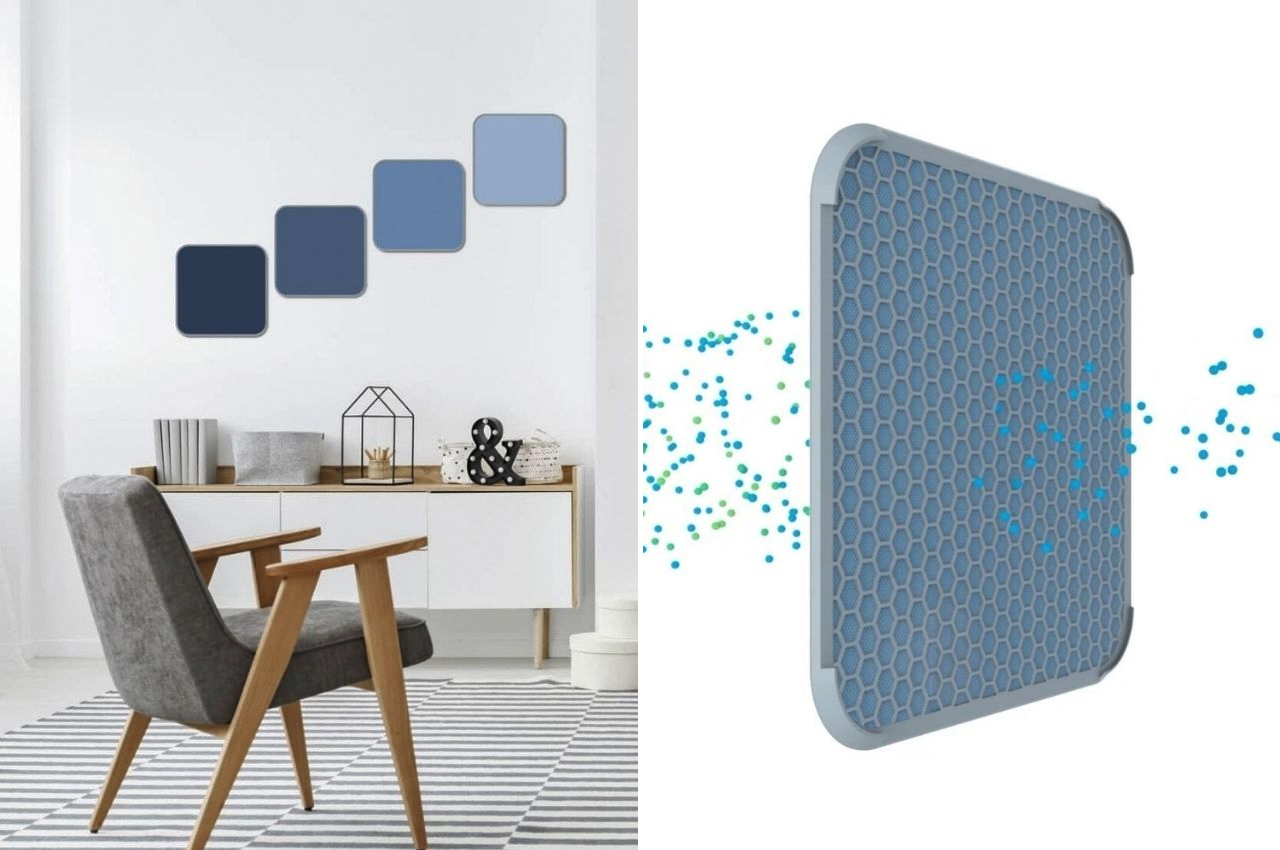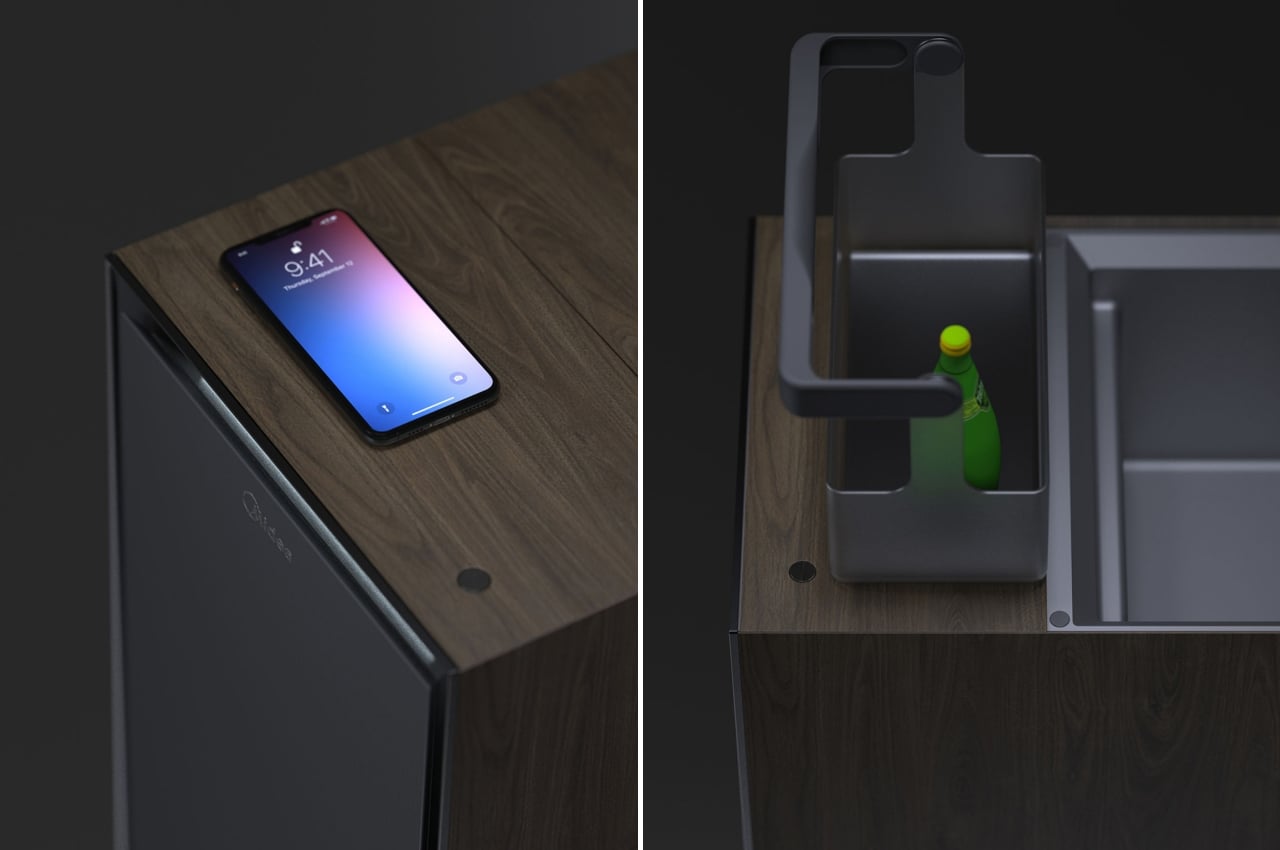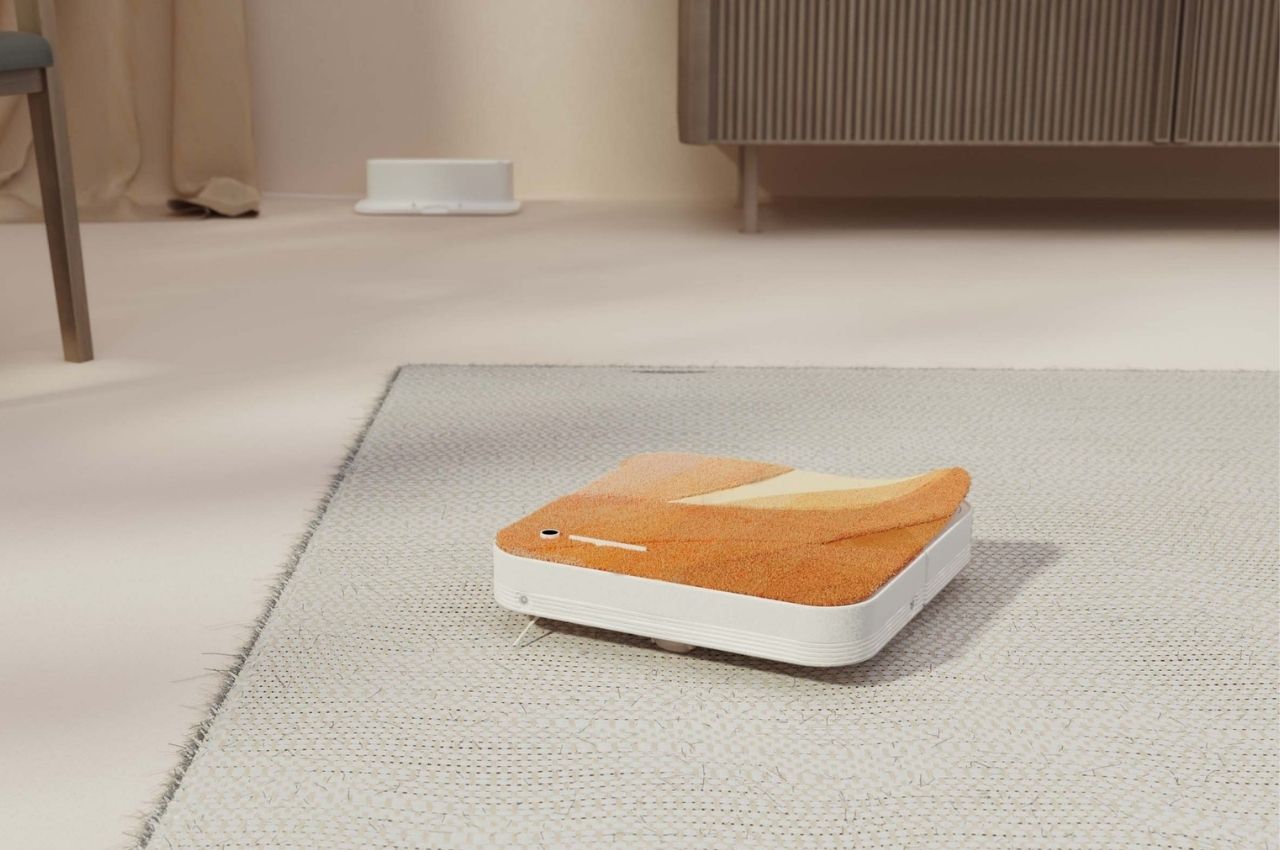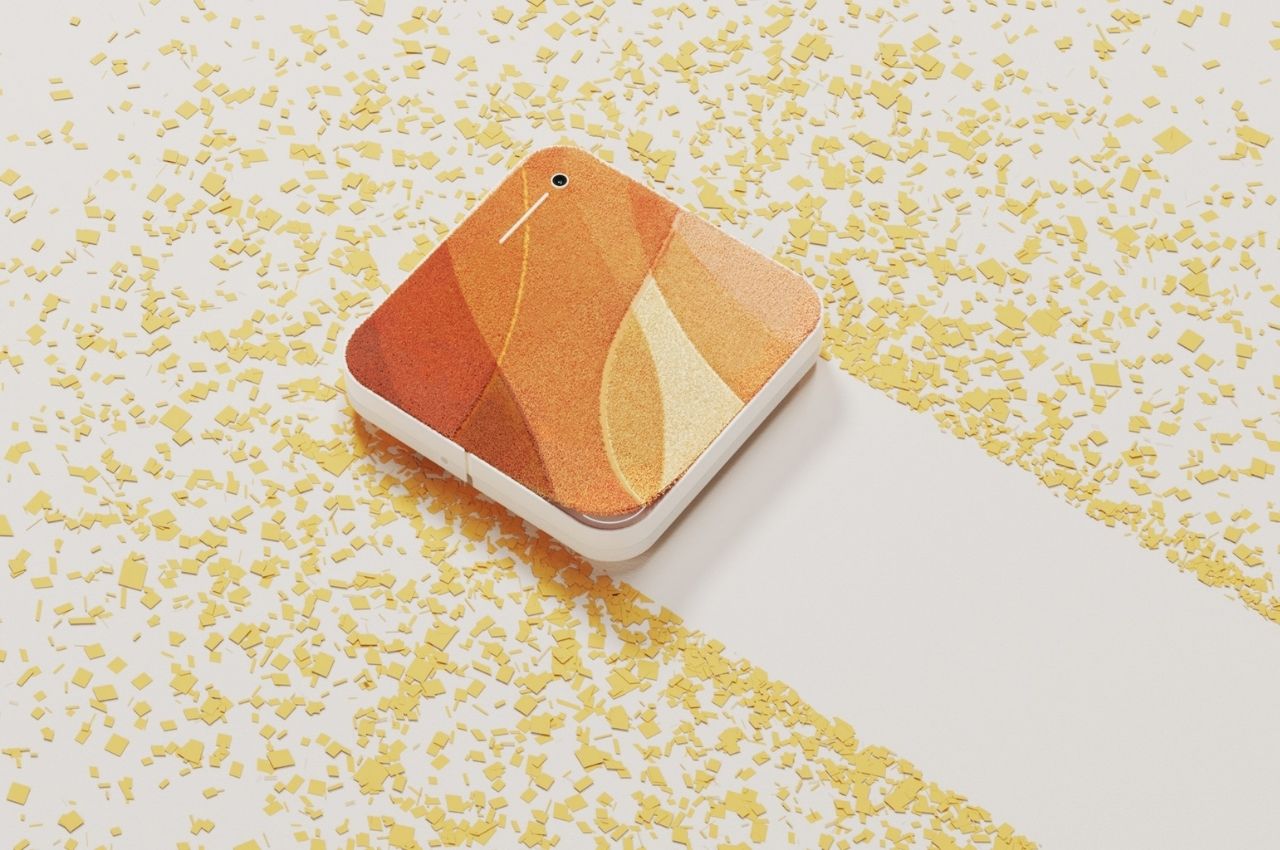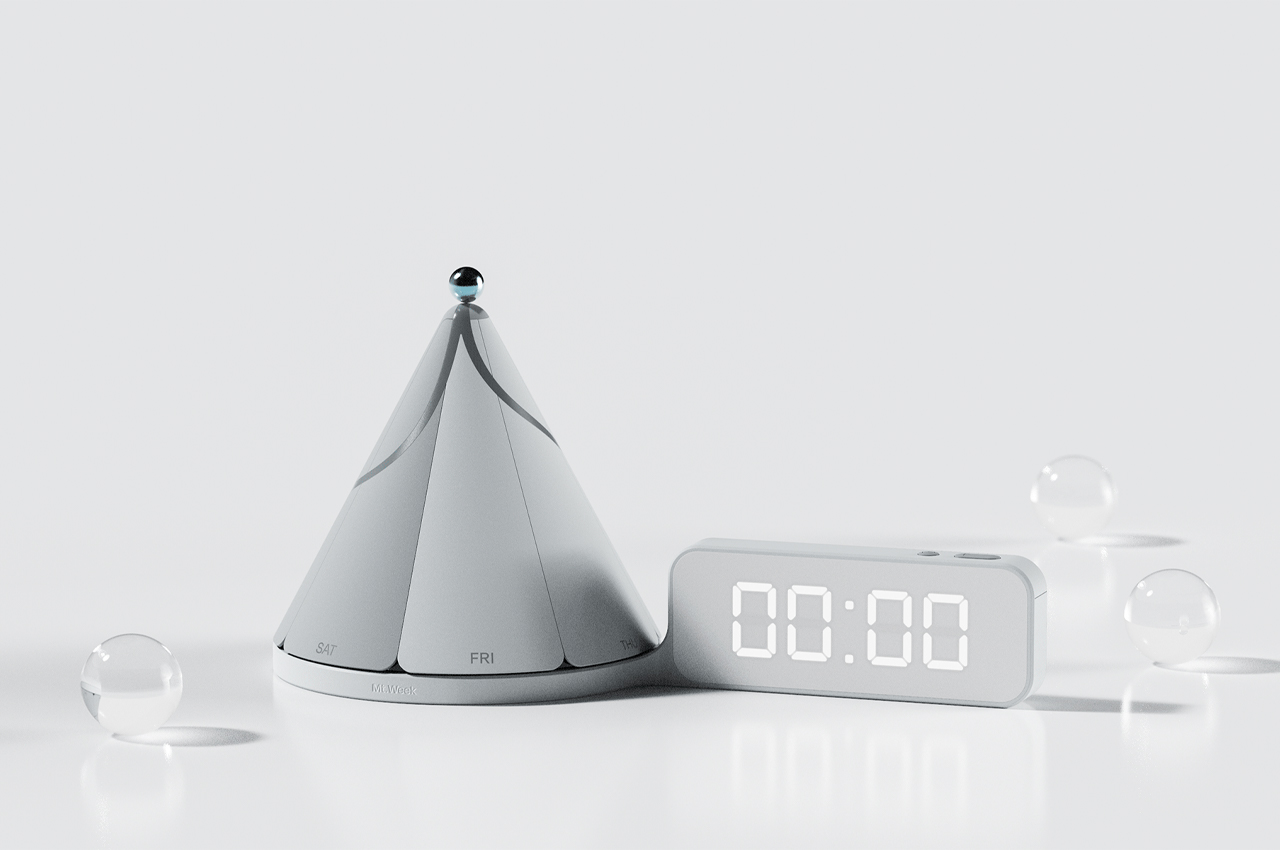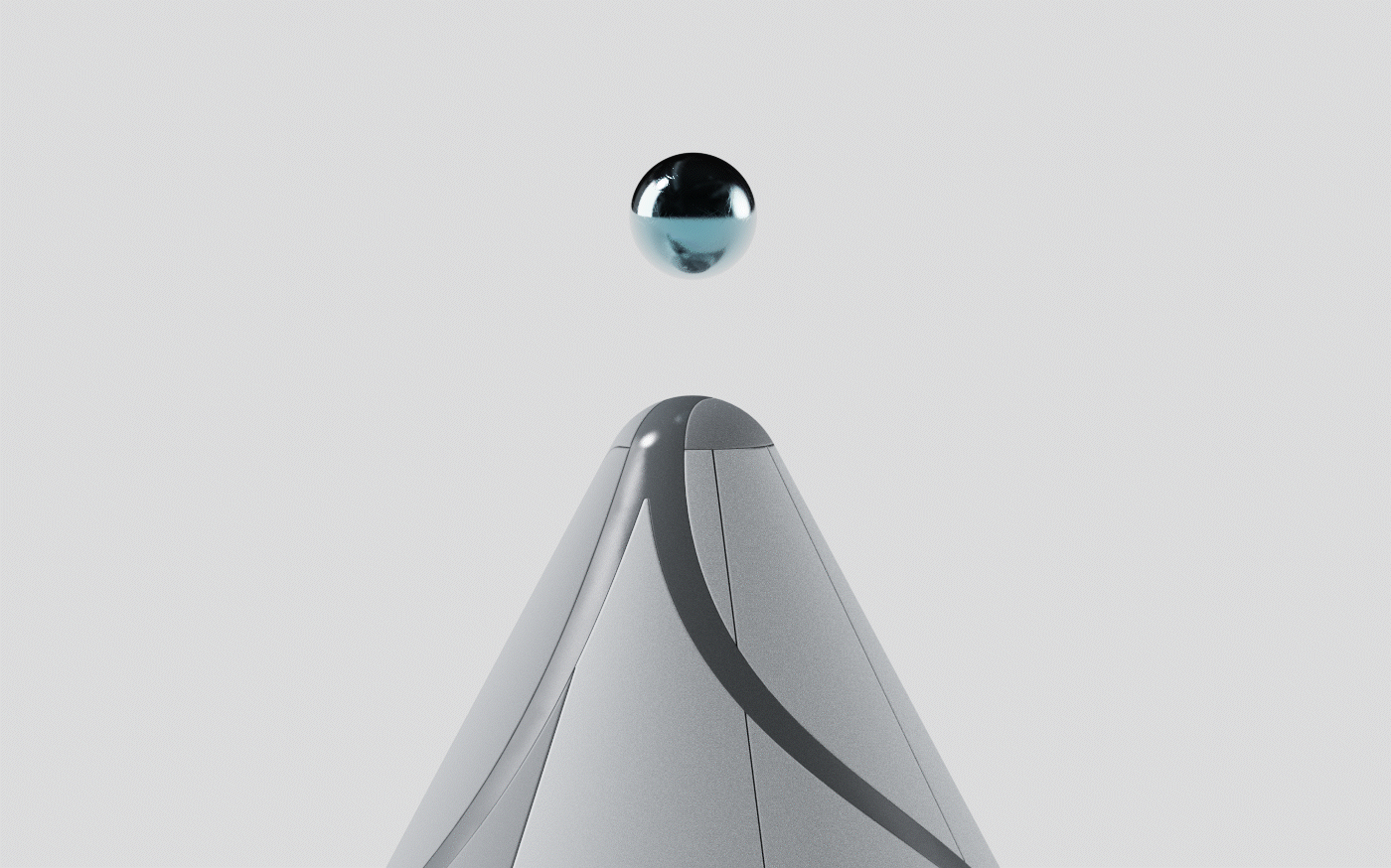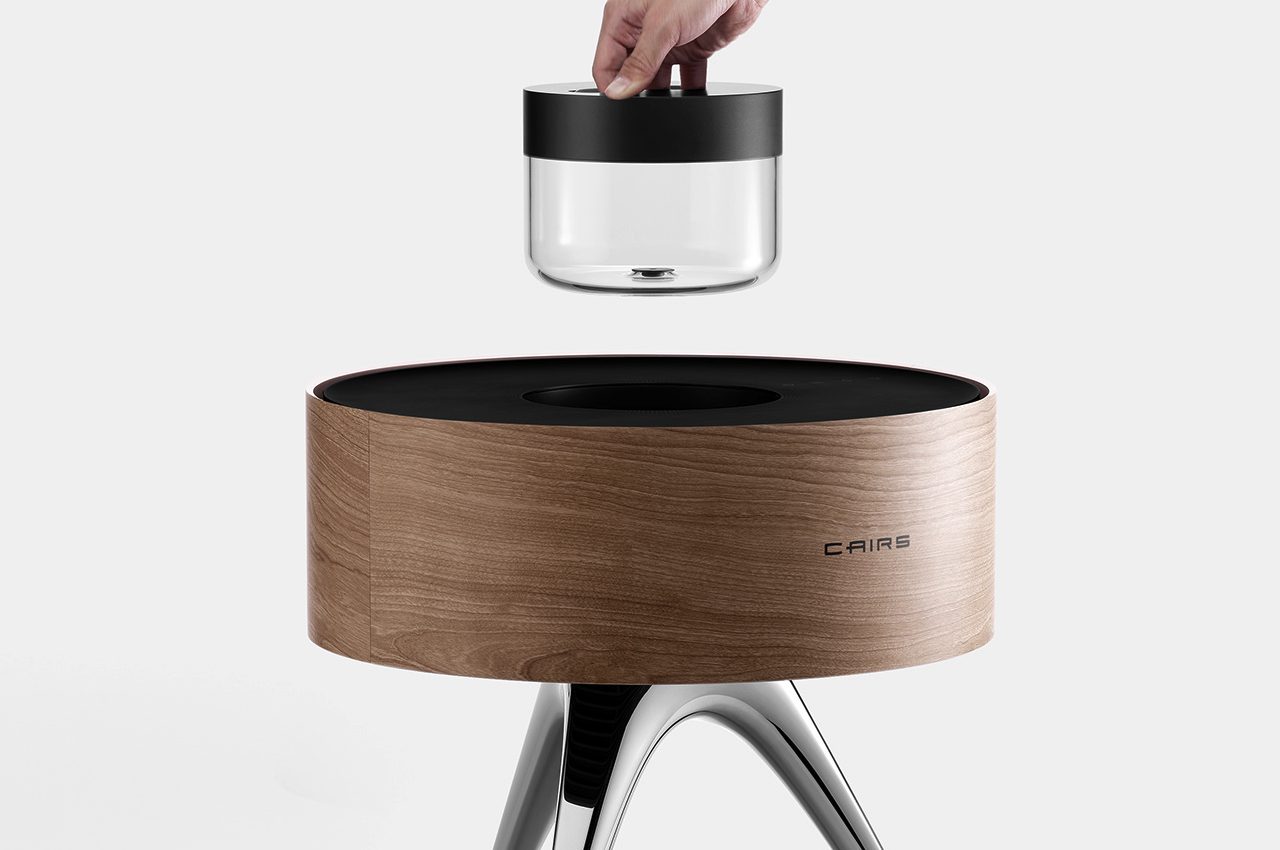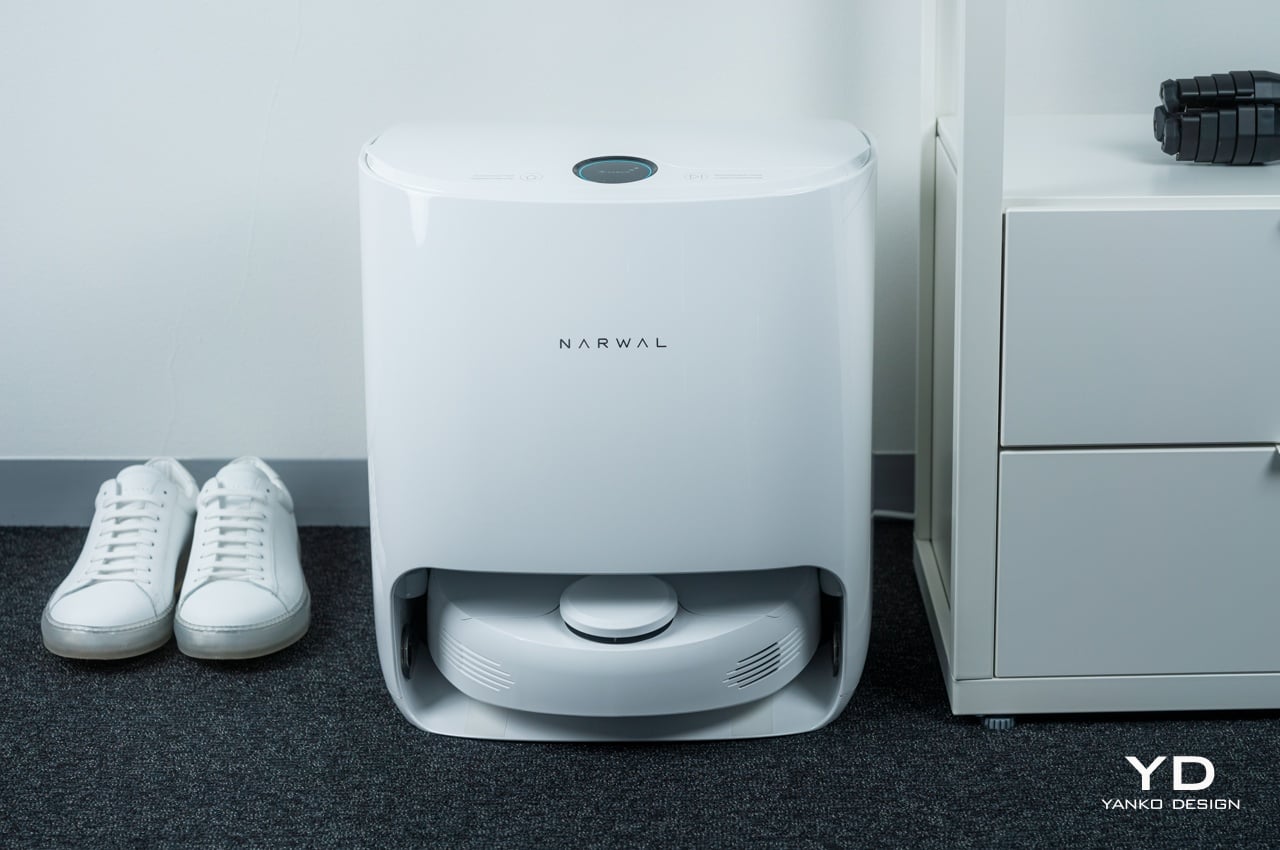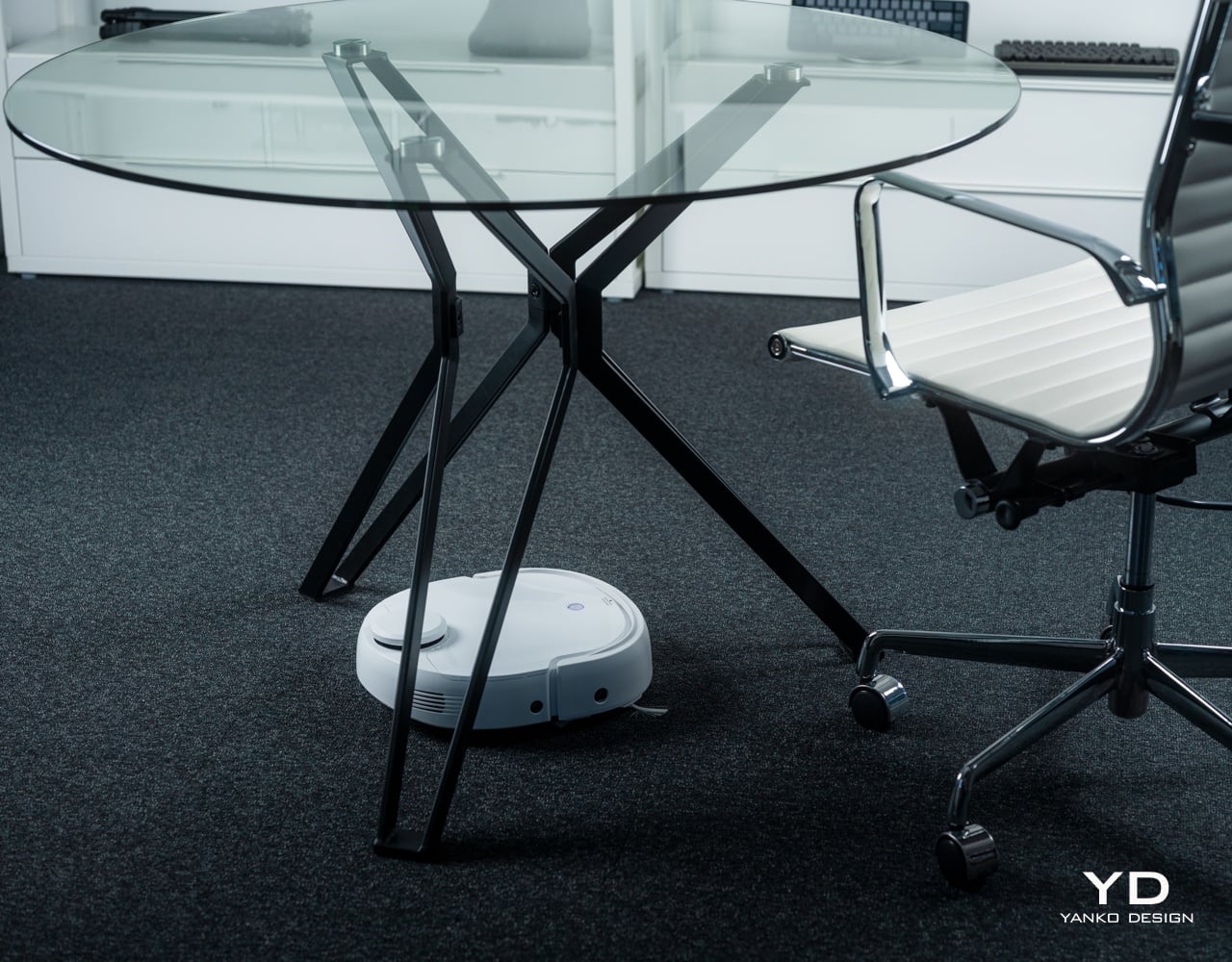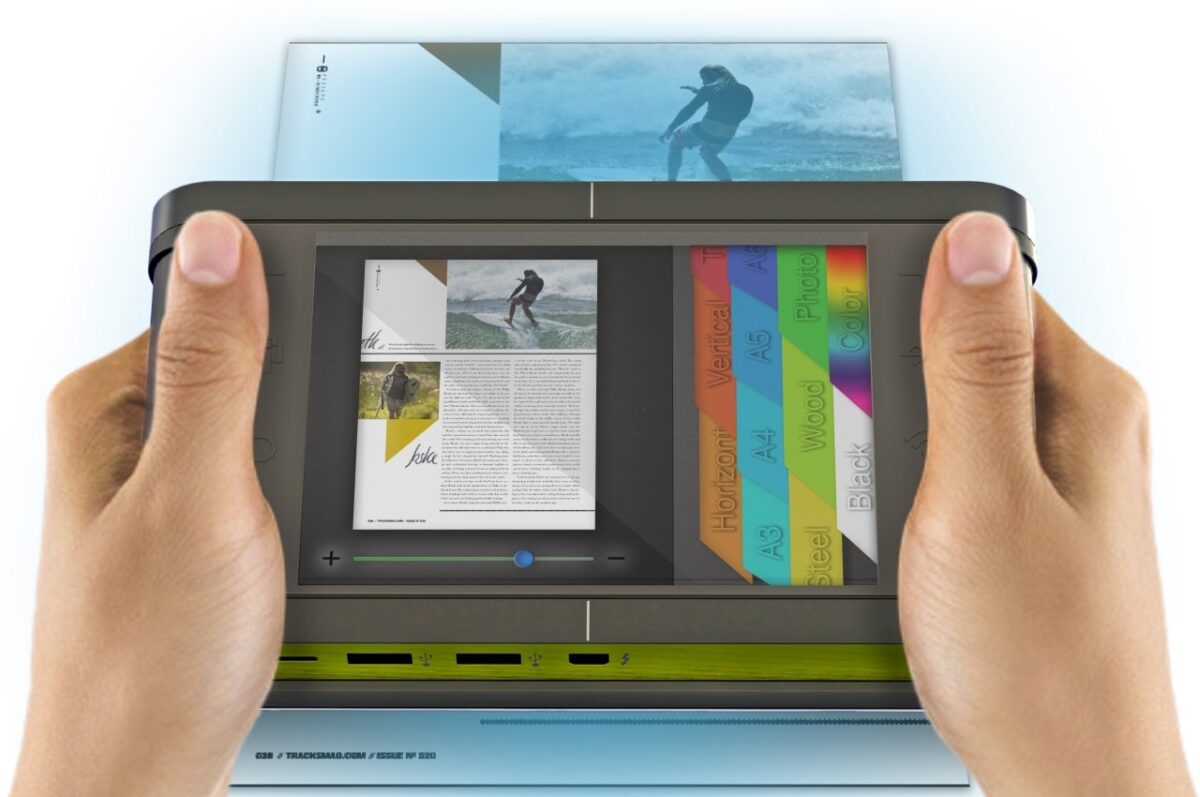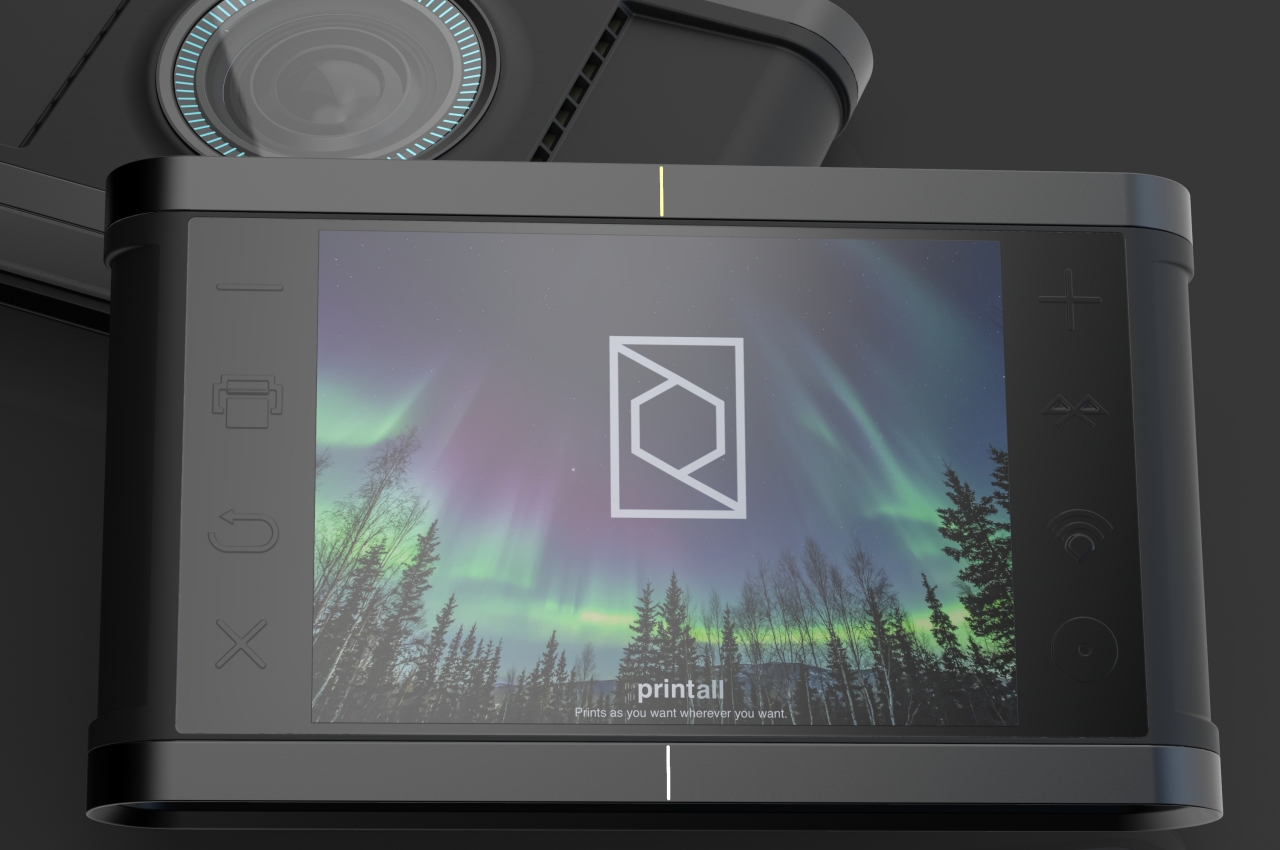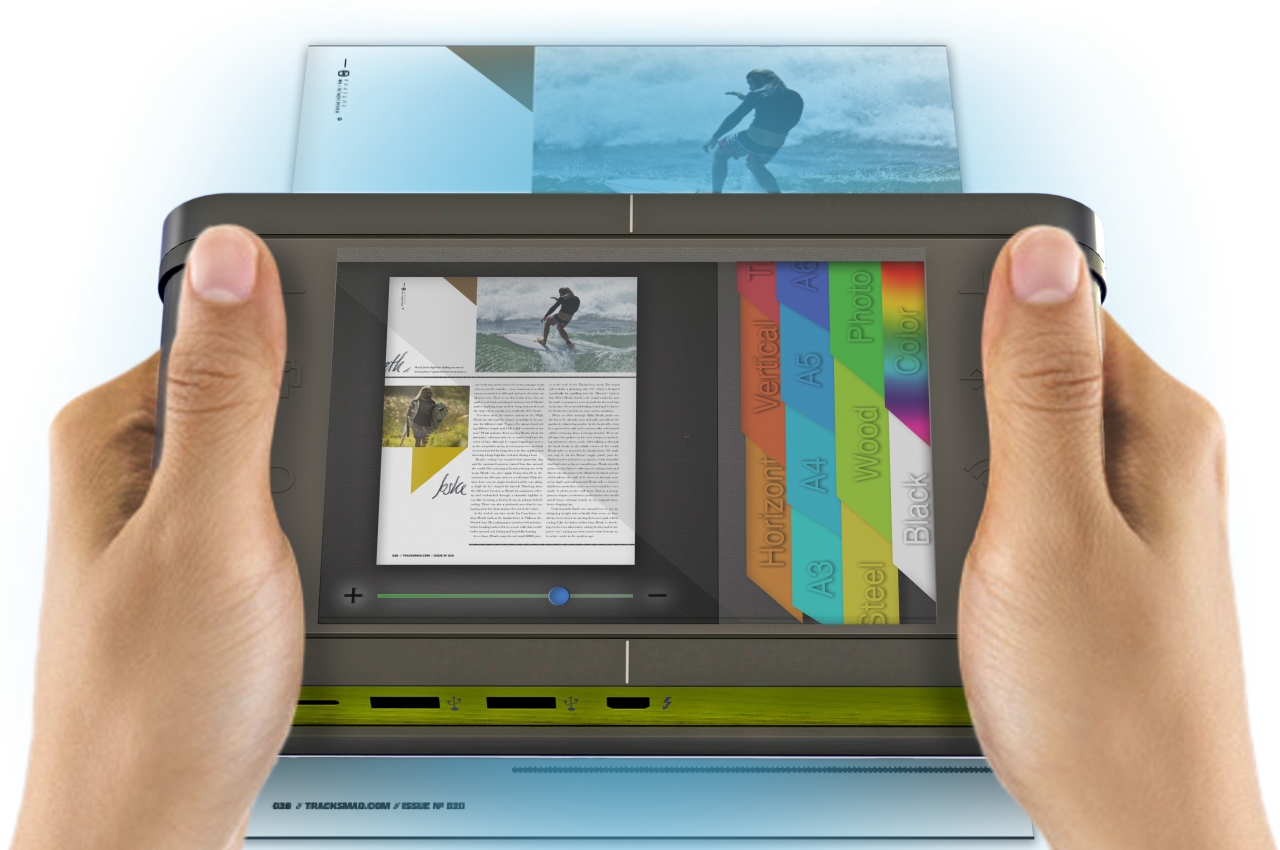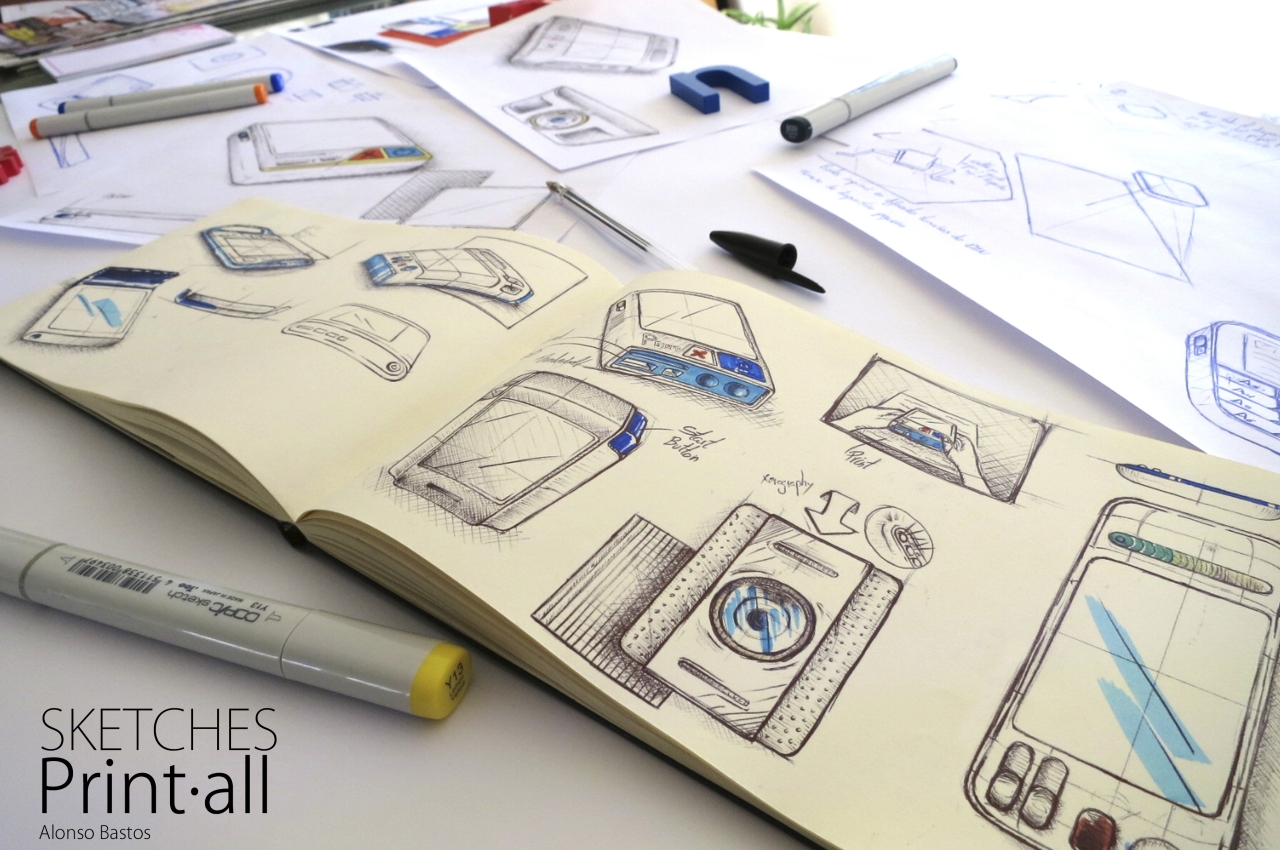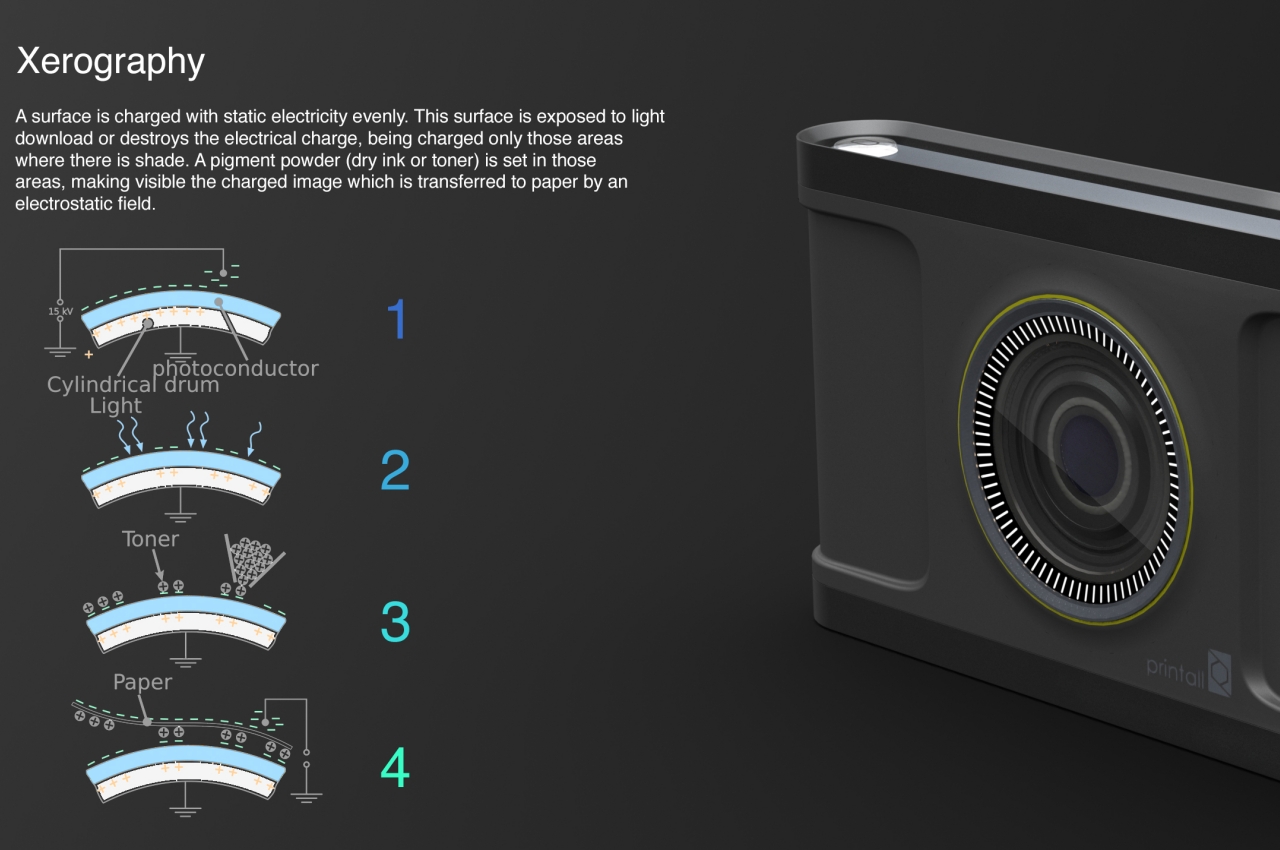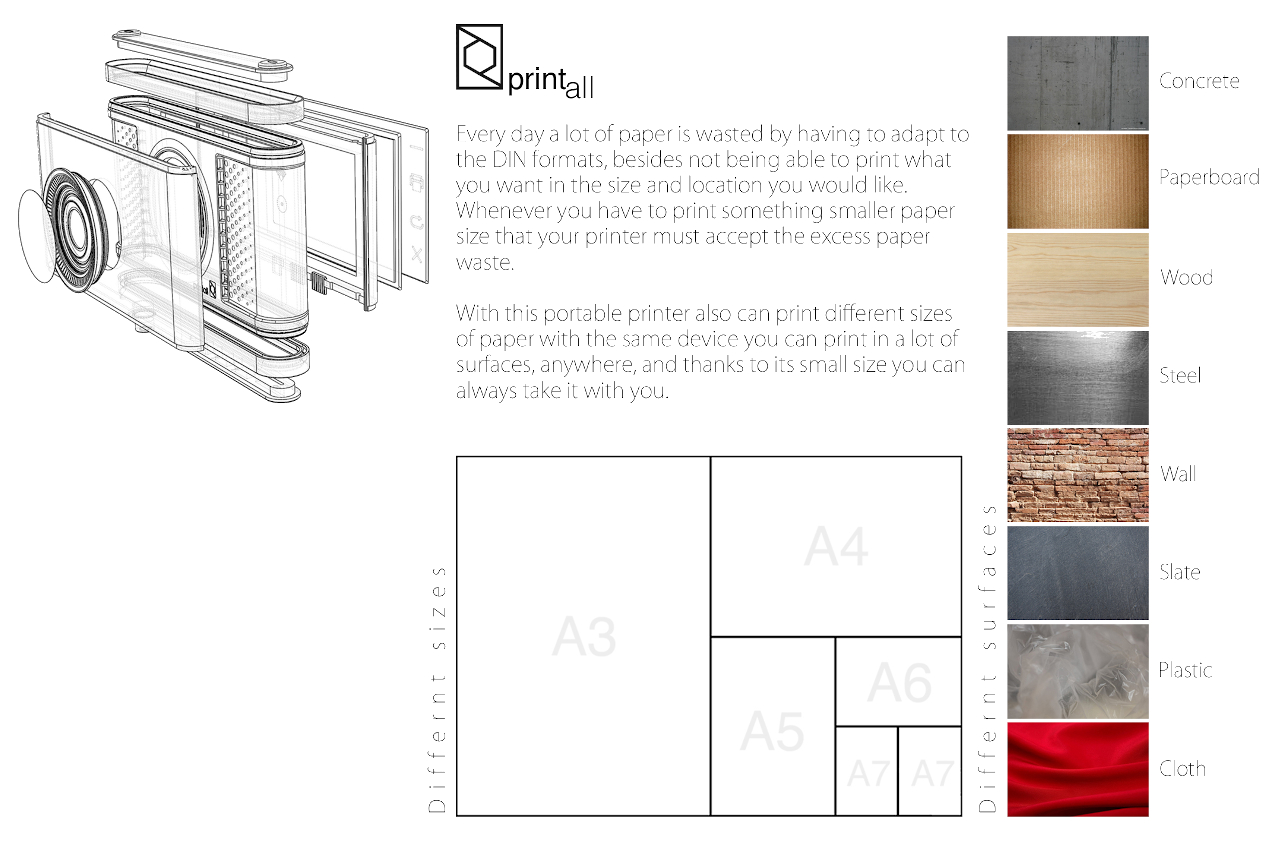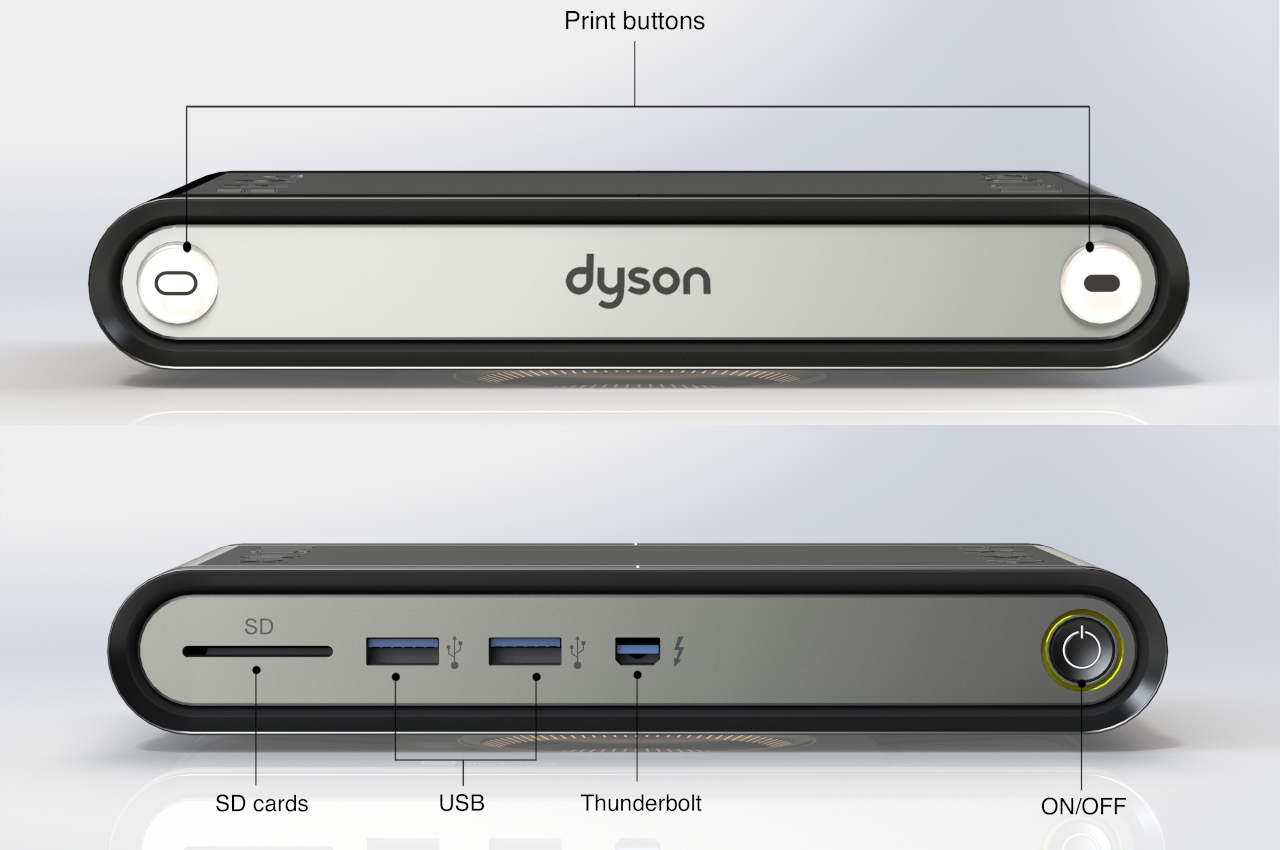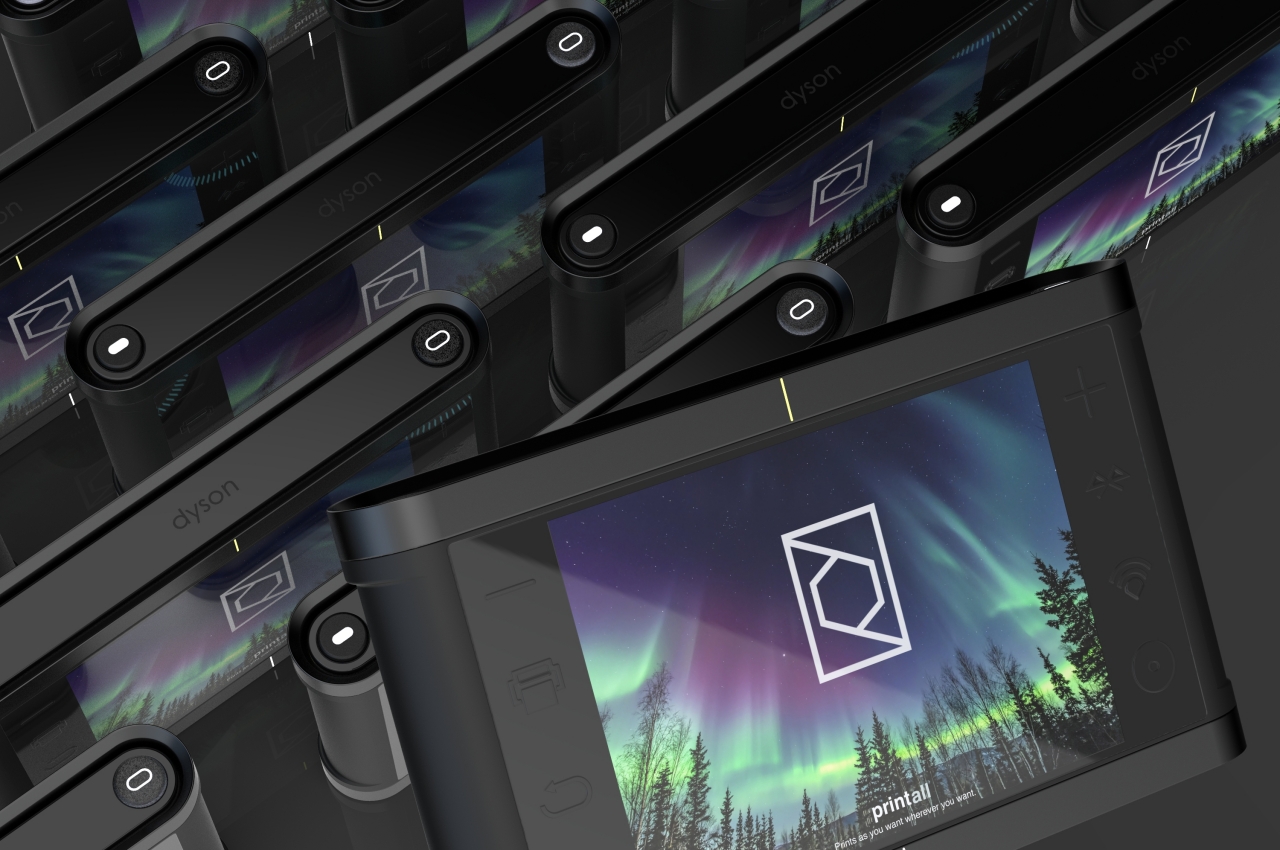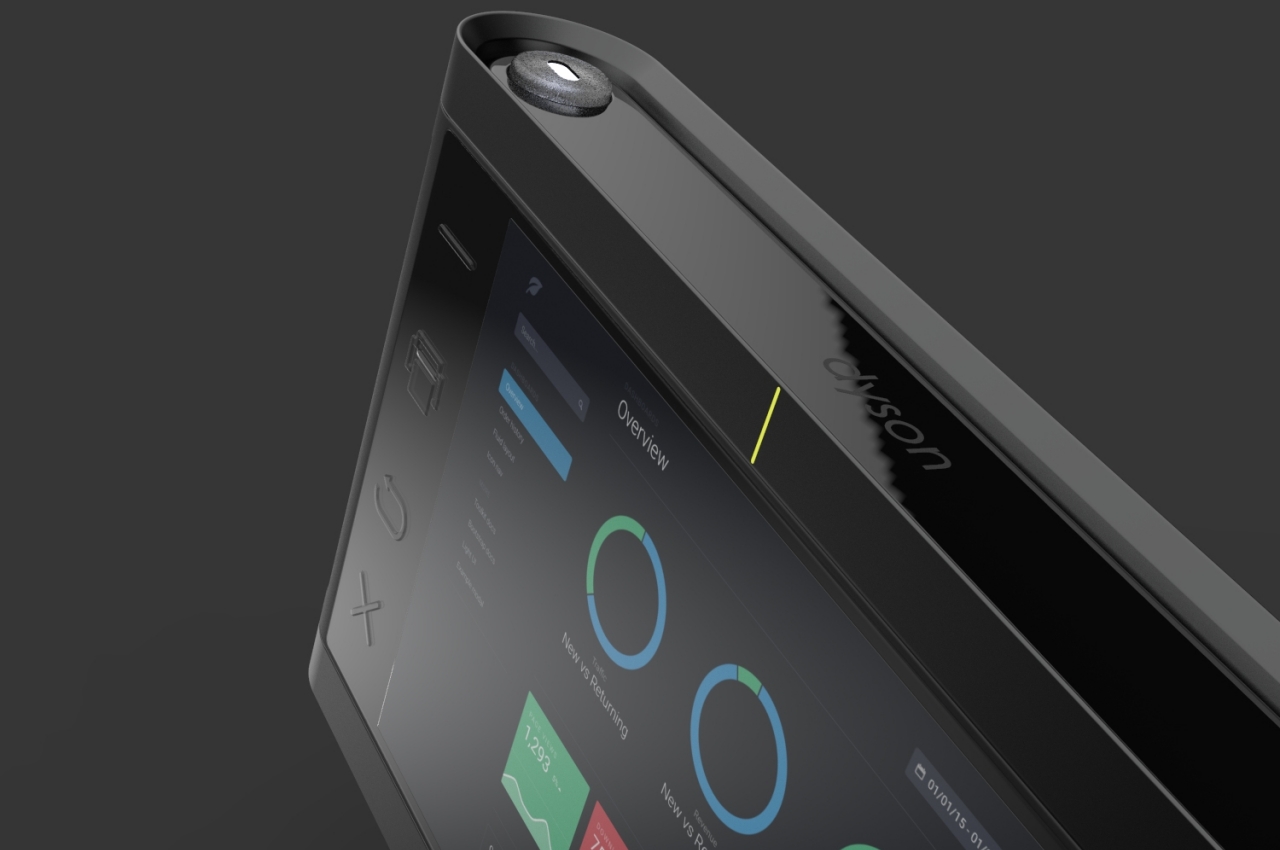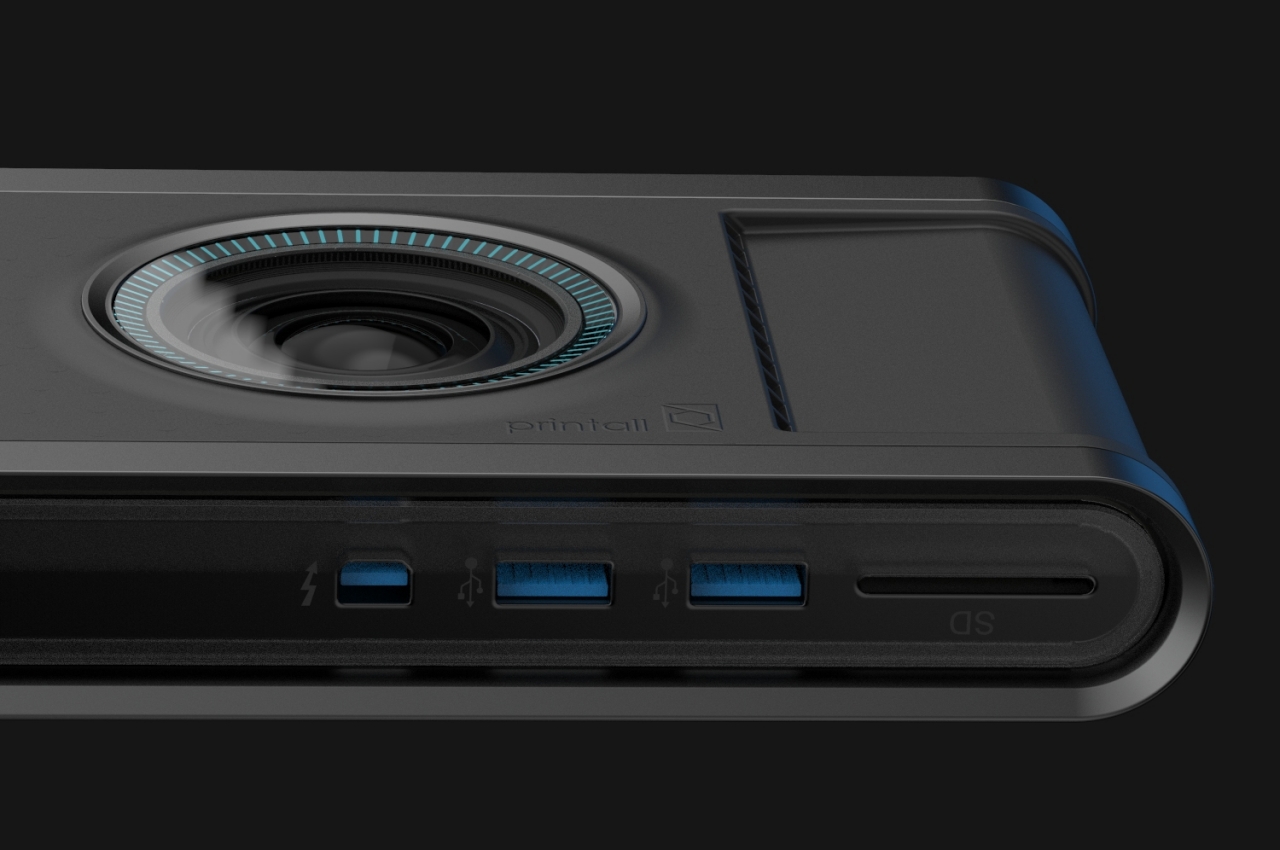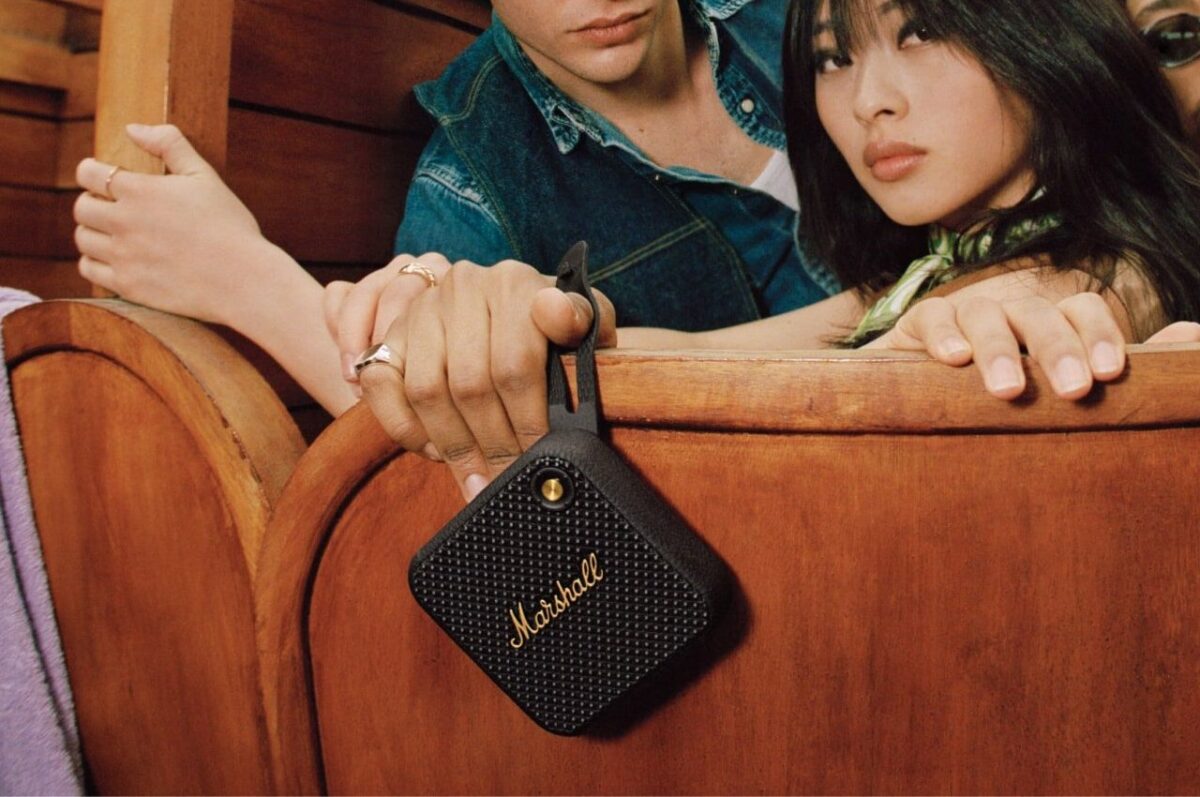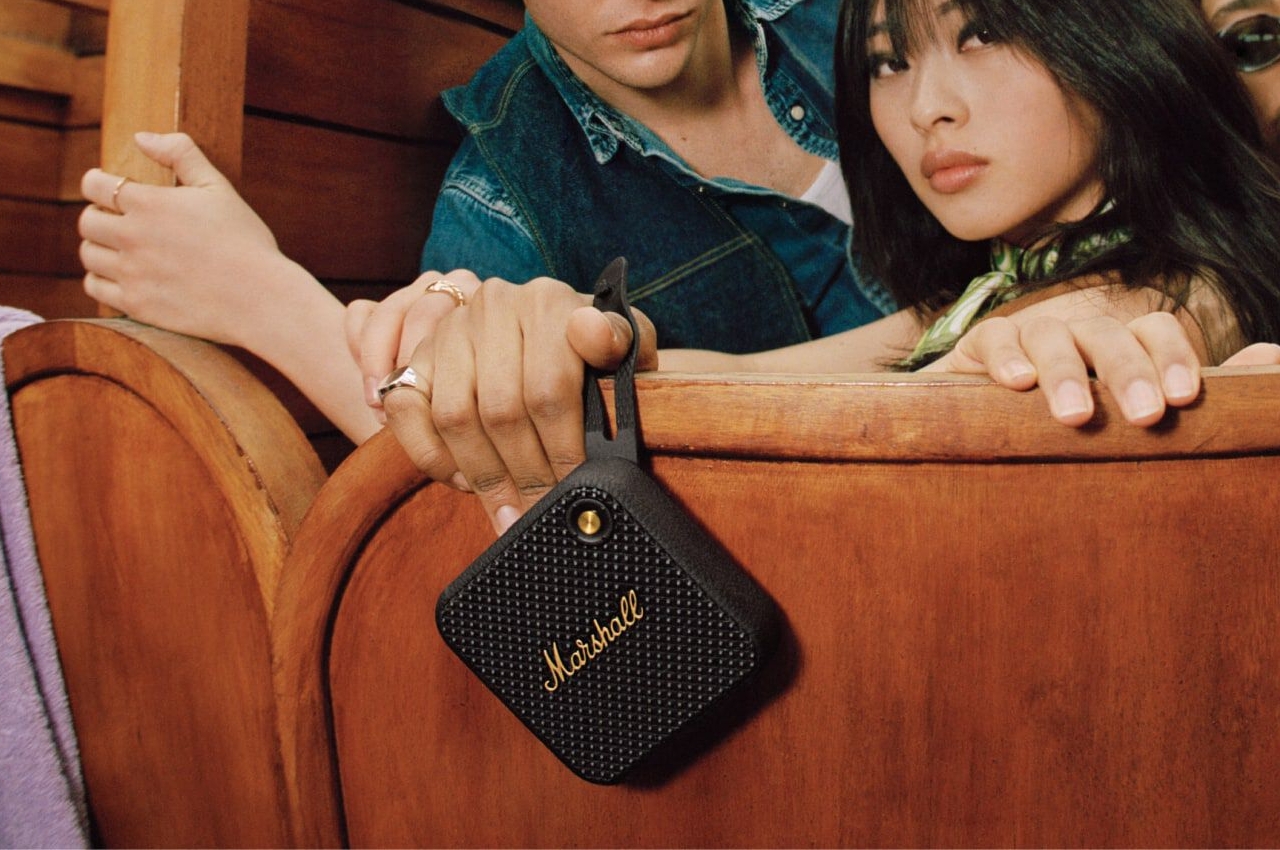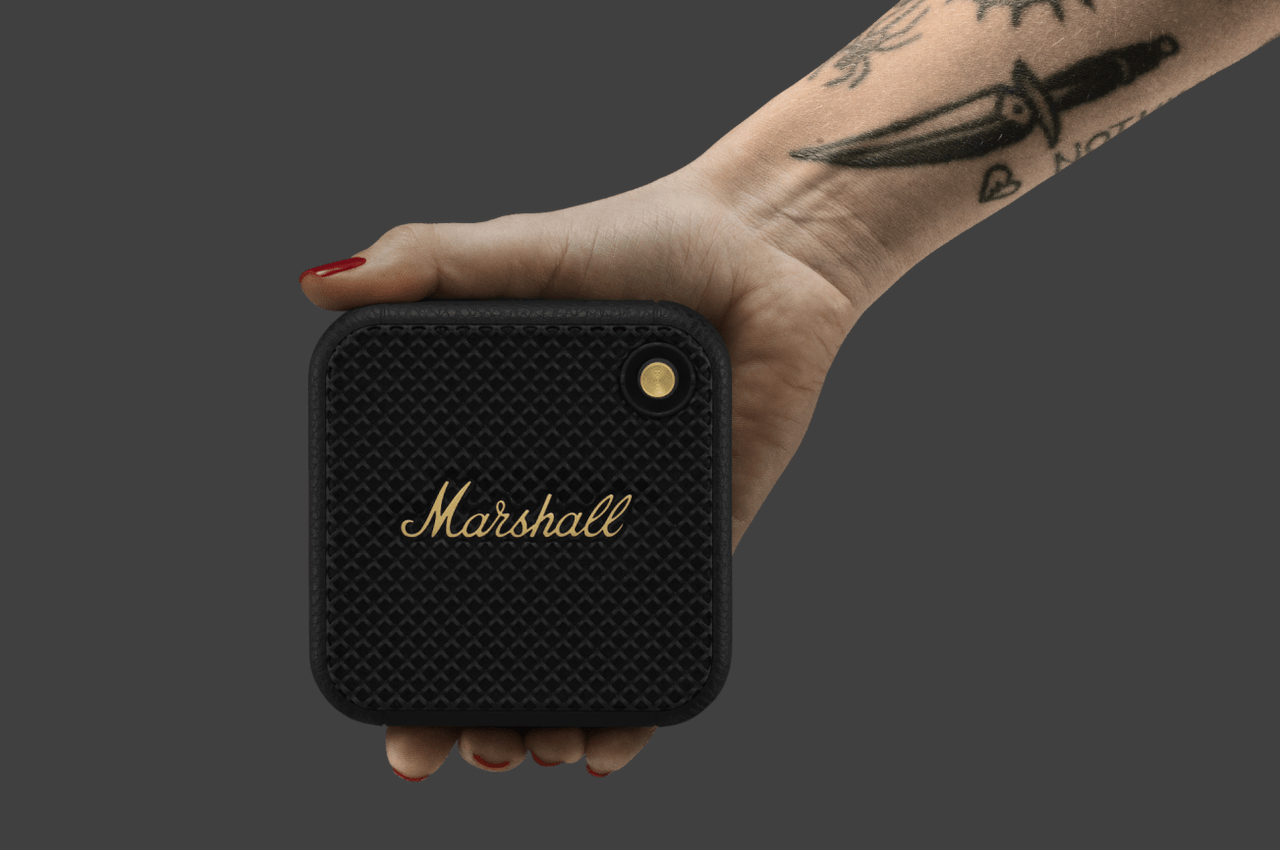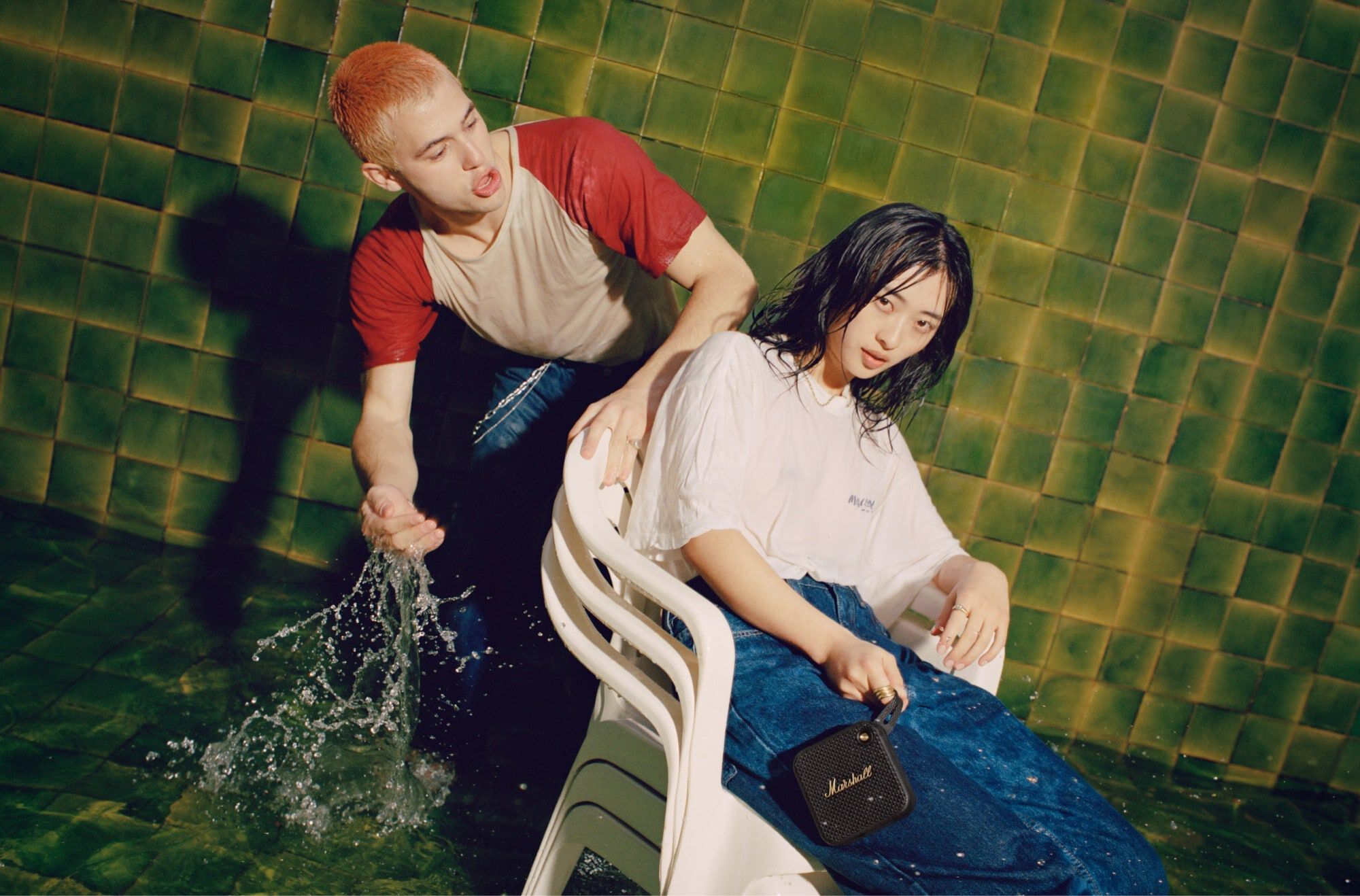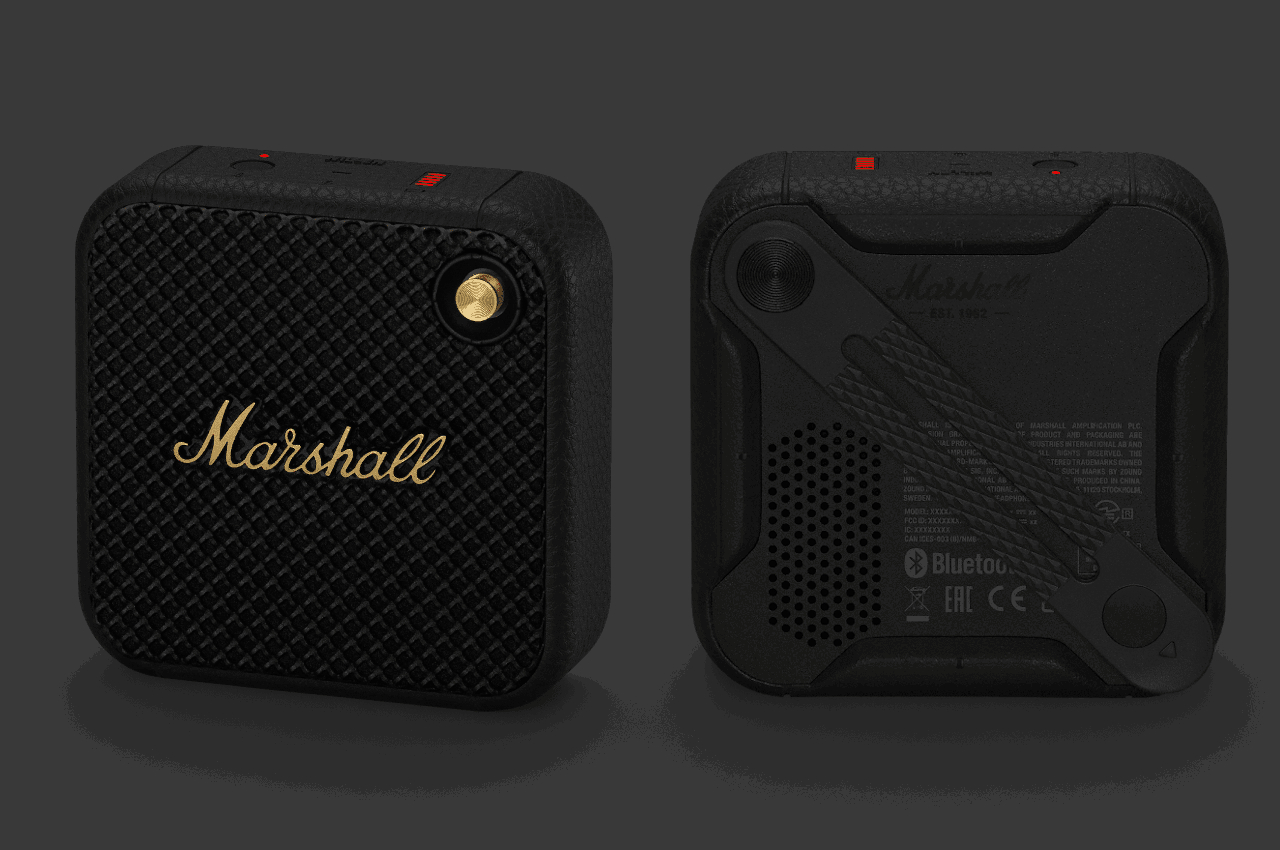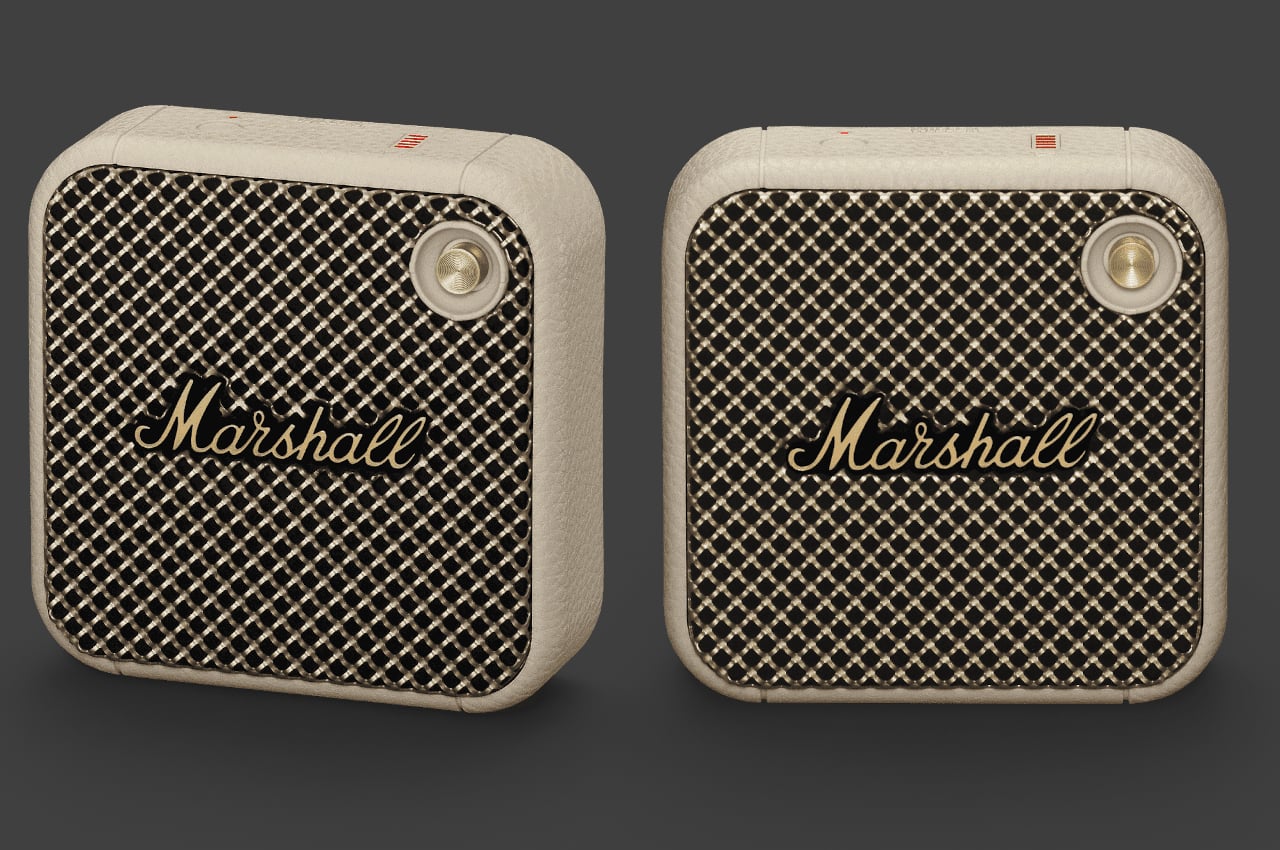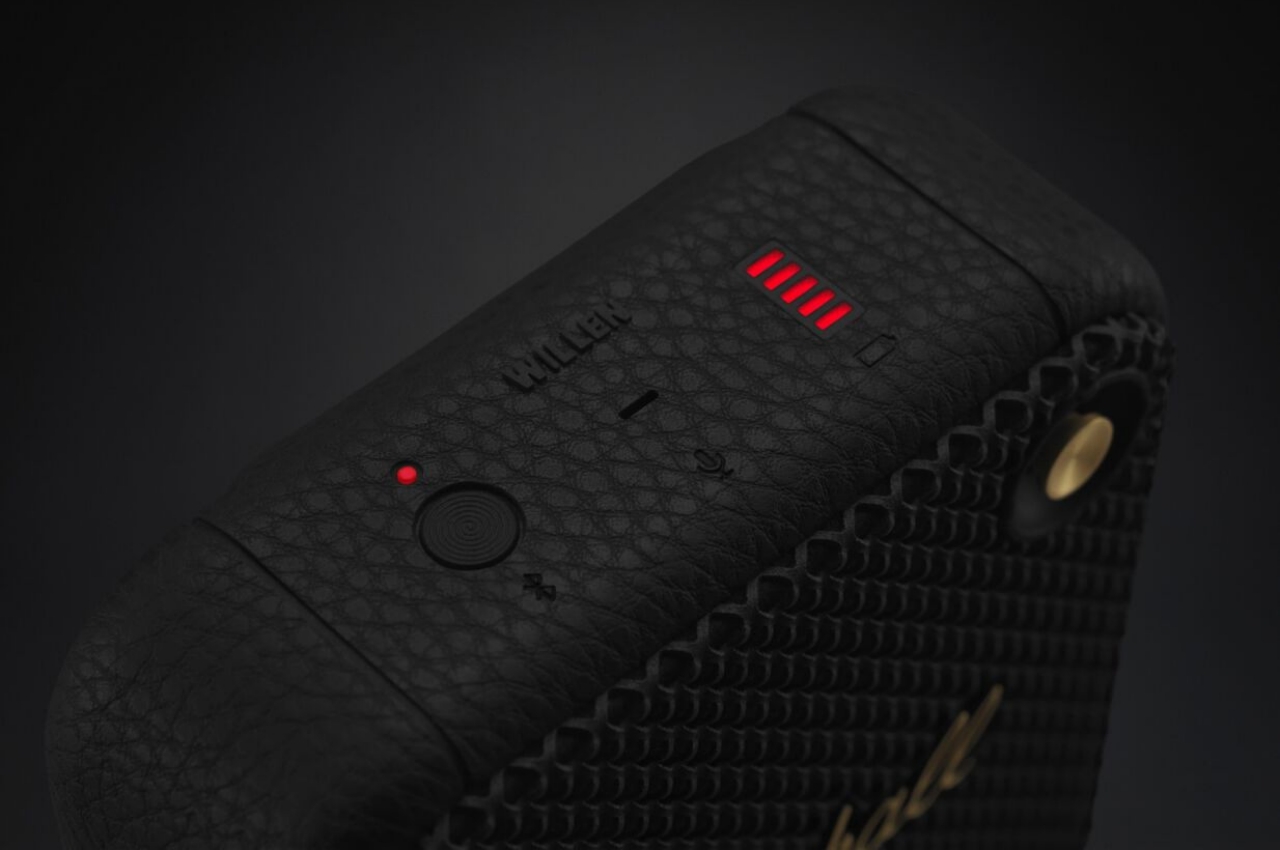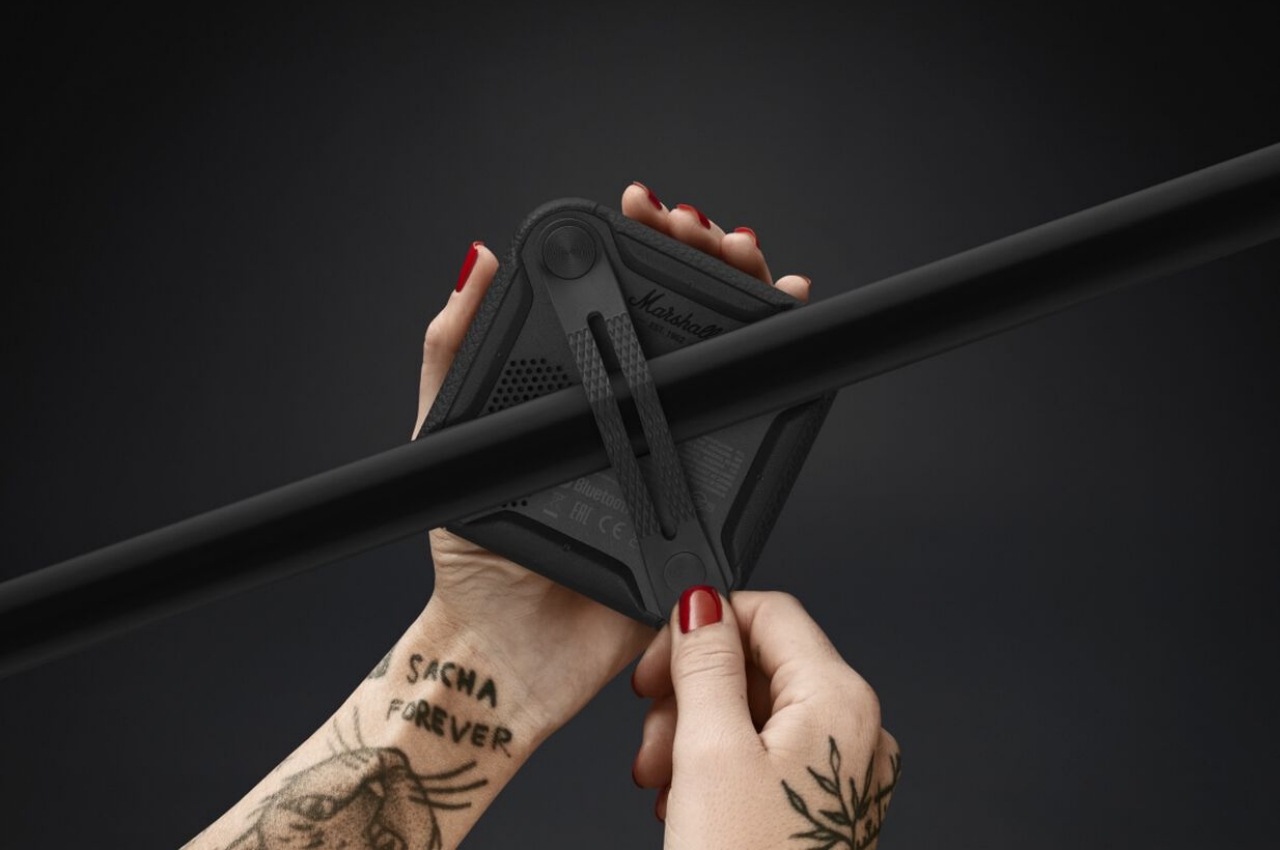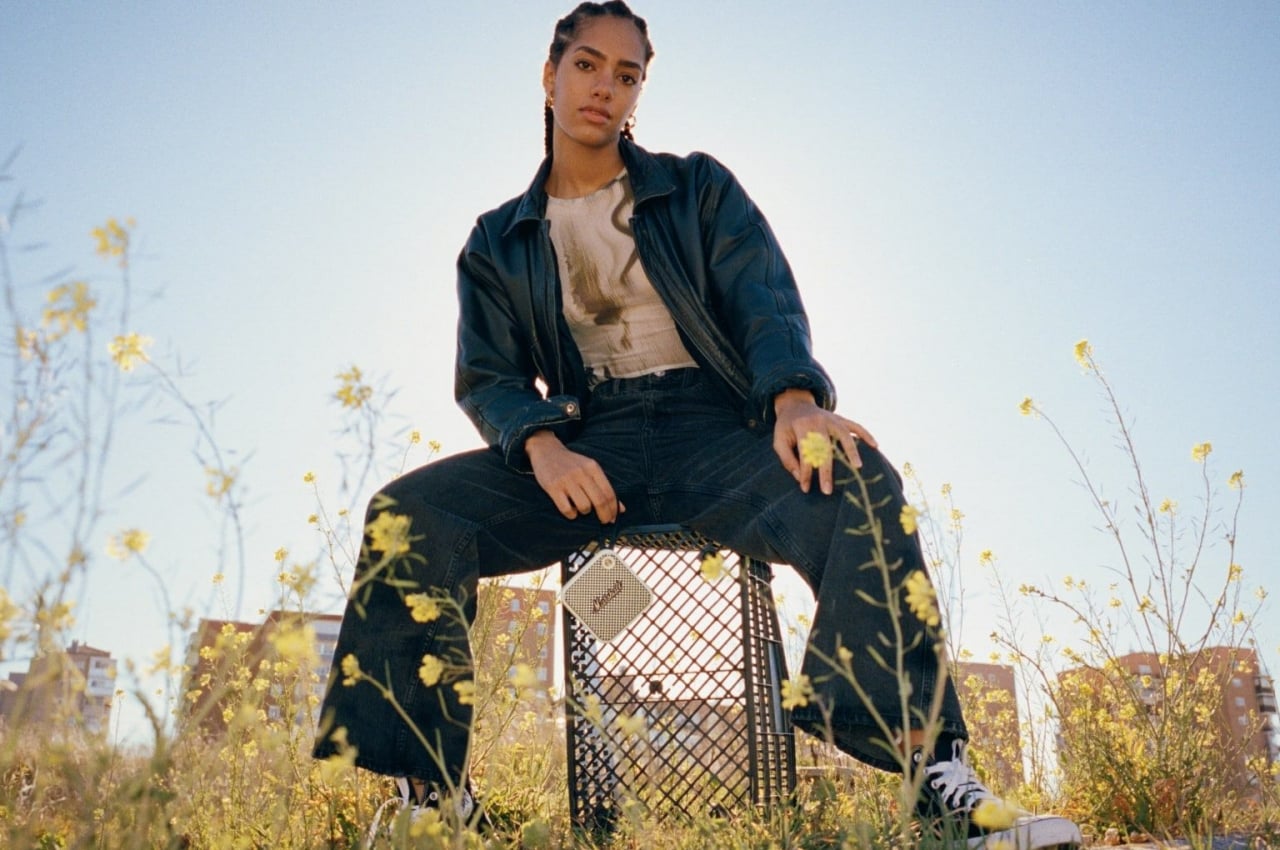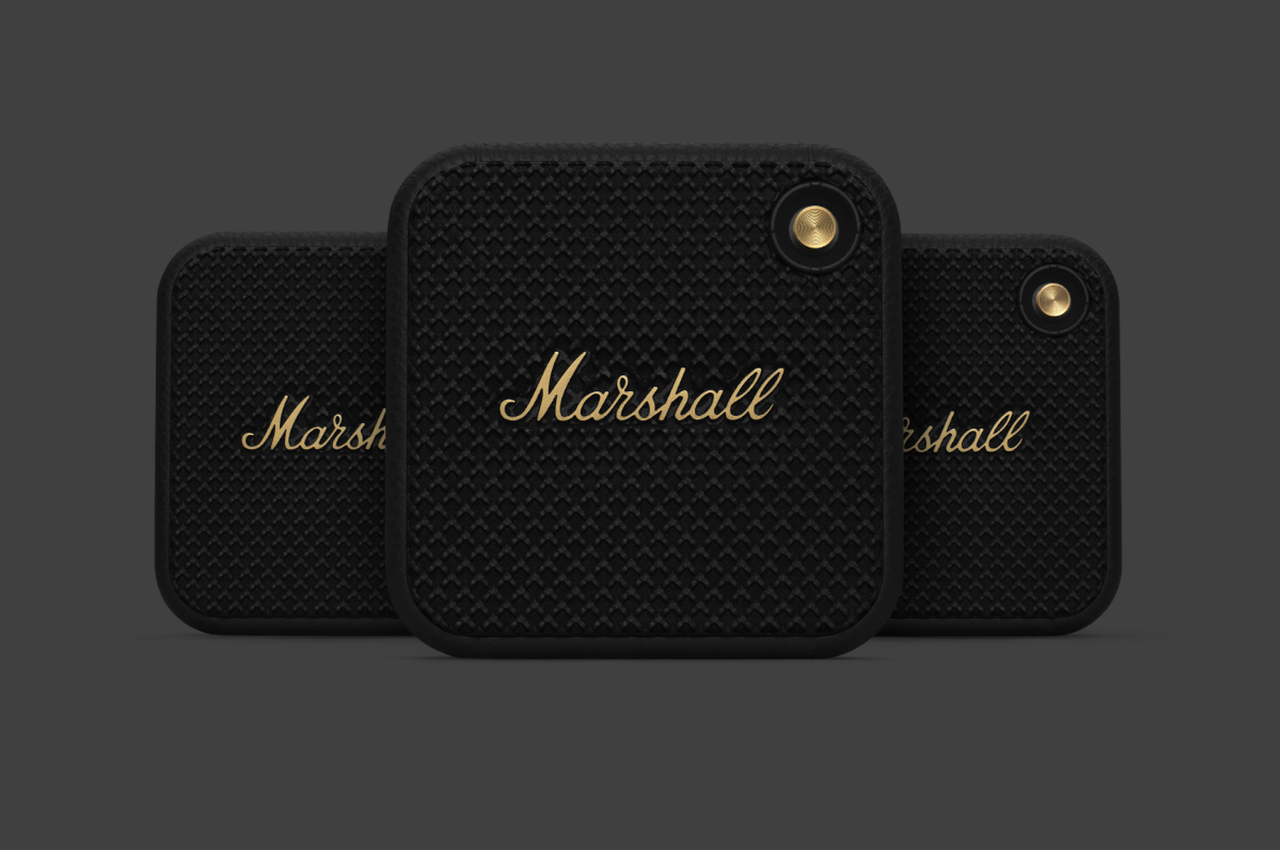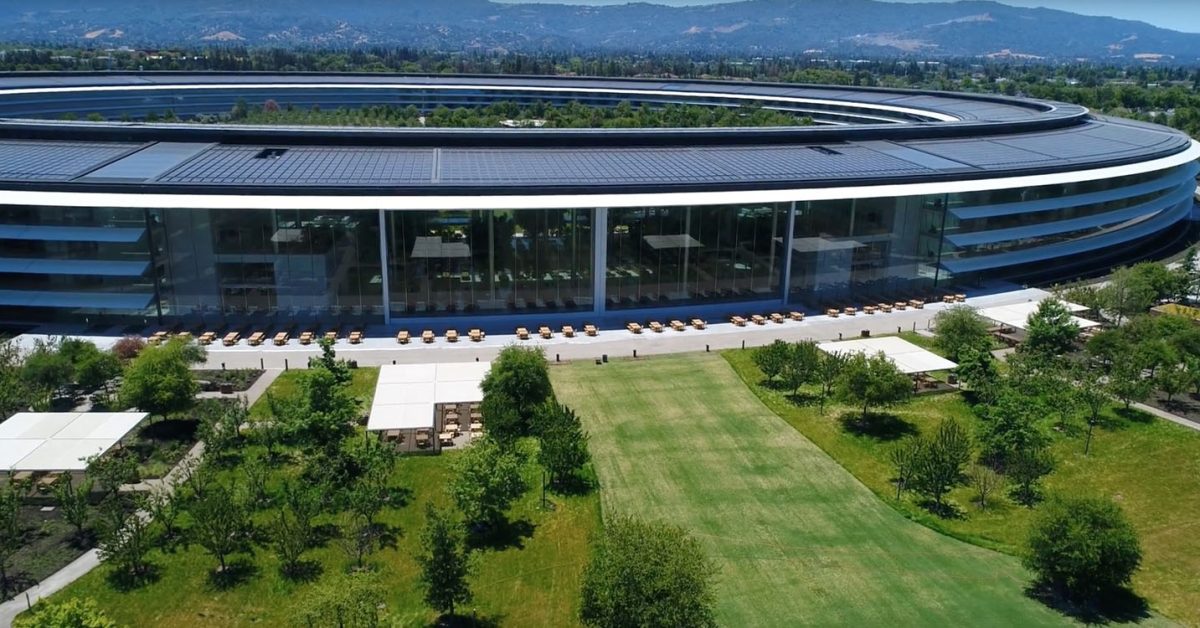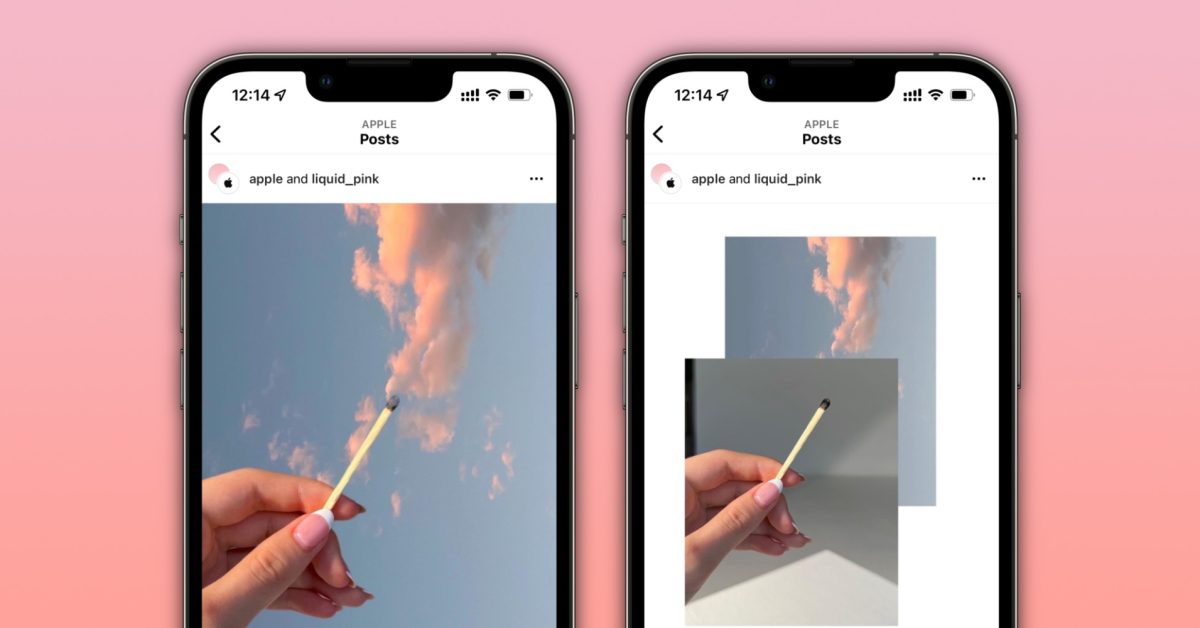Reggie Fils Aime won the title. The former president and chief operating officer of Nintendo of America retired after 16 years at Nintendo in 2019. When the GameCube was in serious trouble from Microsoft and Sony, he arrived at Nintendo. The Nintendo Switch hybrid/console was already on the way to being the best-selling console ever made.
Yet Fils-Aime seems ready to have a second act. His autobiography Disrupting the Game: From the Bronx to the Top of Nintendo, out May 3, is not a play-by-play of the game and console launches he presided over, but a detailed telling of his entire life through the lens of advice to others in business or leadership. It spans his childhood as the son of Haitian immigrants, born in the Bronx and raised on Long Island. It includes each of the steps in his career that shaped him, with stints at Procter & Gamble, Pizza Hut, Panda Express, VH1, and others, as well as the more impactful moments from his time at Nintendo.
Polygon caught up with Fils-Aime a few weeks ago to talk about the book, highlights from his career, and who he hopes reads Disrupting the Game.
This interview has been edited for content and clarity.
Polygon: There are probably a lot of people out there who wanted the behind-the-scenes anecdotes from Nintendo who might be disappointed by this book. It’s not an exhaustive list.
Who were you hoping would see it?
Reggie Fils-Aime: So, in writing the book, I recognized there’s this group of Nintendo fans that, for them, the perfect book would have been telling all of these stories about Nintendo products, and how we got there, and kind of bringing them into the room of all of these discussions and all of these activities. For me, this would have not been satisfying. My goal is to be able to offer principles and lessons for anyone, regardless of whether they are fans or executives, and wherever they may be in their own personal journeys. And that’s why the book is constructed the way it is. This is why the concept of So What [a section at the end of each chapter where Fils-Aimé breaks down key takeaways for the reader from his experiences] was created to emphasize these lessons. It’s not a Nintendo tellall, so I hope Nintendo fans don’t be disappointed. That’s not what it is. It really is my personal journey, and lessons and insights hopefully that people can apply to their own situation.
What are you most hoping comes from the book? What is the best interaction you could have with someone reading it?
To me, the dream interaction would be meeting up with someone five years from now, who themselves are successful in whatever it is that they’re doing, whether it’s business, it’s life, whatever it is. It would be great to meet up with Reggie five years hence and have them say, “Hi Reggie! I just picked up your book.” And, you know, these, these couple of insights really helped me in my own personal journey. And I want to thank you.” I mean, to have that interaction with an individual, some number of individuals in the future would be just so meaningful to me.
I really found that many of the points in your book drove back to the importance of communication, and how you honed those skills. Your career started at Procter & Gamble, and you talk in the book about these memos you had to write, which, to me, just felt like such a different type of work environment than anything that we would experience now.
It really was, I mean, it was such a moment in time, you know, early ’80s, you did not have your own personal computer. The way these memos were being created, was that I would be recording into a personal recorder, a microphone, I’d be essentially dictating a memo that would go to the the administrative person that supported the business unit, a brand, typically, it would get typed up then returned to you. And then there would be paper-based editing going back and forth. That’s how the perfect P&G memo was created.
We all sat in cubicles. Also, I could have two, three or four other people around me. No sense of privacy. I guess one could argue, maybe, that that’s something that’s come back in terms of open, bullpen type of offices. It was an entirely different time and a different age. And one of the things I highlight in the book is that every organization has a culture. These perfect memos were the basis of P&G’s culture. So you had to learn to become a tremendously effective business writer, which taught, at least me coming right out of undergrad, how to be thoughtful in organizing my ideas, my recommendations. And you know, Chelsea, I can see to this day how this experience helps me today in terms of just how I think and how my brain works.
From there, I went to work at Pizza Hut and PepsiCo and for them, their culture was stand-up presentations. This is how ideas were moved forward. And, for me, what was wonderful is I learned how to be a great business writer, I learned how to be a really good verbal communicator. Then, at Nintendo, not only did I combine those communication skills, but I also learned a third communication skill: nonverbal communication. And that’s because the business would be done through sequential translation. Mr. [Satoru] Iwata will say something which is translated from Japanese into English. This was when we were speaking in group settings. If it were just the two of us, we’d be speaking English, but then a large group session, it’s spoken in Japanese, from Japanese to English. I respond in English, and then it’s translated back into Japanese. So what did I do? I looked at the Japanese speaker to try and gather as much information possible. Do they smile? Do they smile or frown? Do they seem excited or not? You know, just what’s going on? Because the Japanese-to-English translation would have none of that emotion. It would just be the words. So picking up nonverbal communication was the key skill that I took away from Nintendo.
You predicted the question I was going to ask, which was how you learned to evolve around the language barrier. But that also meant you had to adjust your own nonverbal communication skills too, right?
Absolutely. I am absolutely certain. The business is in tough shape. You’re bringing commercial knowledge from sales and marketing and advertising, that is just so critical for us. This is where you need to be. We’ll find a way to communicate in another way .”
And so, you know, a number of key executives do speak and understand English, many extraordinarily well. But I did not learn Japanese. And so it meant any of the large group meetings were in this sequential translation. And it forced me to be very thoughtful in my verbal communication. You see, there are so many idioms and so many slang terms we. I realized that I had learnt to simplify, be clear, concise, persuasive and use my language to get things done. So it’s certainly something I had to be aware of in all of these communications. And I did that, regardless of being in a situation where the simultaneous or the sequential translation was happening. I could also be clear with my colleagues Mr. [Shigeru] Miyamoto and Mr. Iwata, who understand English and speak some English. I’d need to use the same words and phrases they can understand.
Did presenting so your English would be understood change how you spoke in general, and thought in general? Or did you find yourself switching depending on the situation?
I would say that I’ve always been clear, direct, some would say too direct. But I’ve always been clear. And I’ve always framed my communication in terms of, What’s our objective? What are we trying to do? What are you trying to do? How do we build consensus around an idea? We can’t reach consensus and I must be the one making decisions. I’ll make the decision. Let me share the process that led to this decision. So this clarity, this directness is always something that was there.
And in fact, I touched on this in the book. I was given counsel by Mr. Iwata that, because I was so clear, direct — he used the word “powerful” — that I needed to make sure I was hearing all of the various points of view. Because my bias is to quickly come to a decision. My bias is to be the first one to talk. My bias is pushing things forward. And his counsel to me was, “Reggie, you need to make sure you are listening to all of those around you. Because everyone wants to please you, even the folks at NCL [Nintendo Co. Ltd, the commonly used abbreviation for Nintendo’s Kyoto, Japan headquarters], and you need to make sure you’re being fully thoughtful in what it is that you’re recommending.”
That is thoughtful counsel, and also gracious. He really set you up for success.
Absolutely. This is the kind of relationship that every executive would like to establish with their boss or mentor. There were some difficult conversations. Let’s just be honest. It wasn’t always sunshine and roses. But there was such a deep level of respect, there was such a deep understanding of where the other person was coming from. And again, as I highlighted the book, we didn’t always agree. At times, we have to go back and pick up the pieces on a particular decision. He set me up to succeed. Without the support of Mr. Iwata, you know, I would not have been Nintendo for almost 16 years.
We talked about you being decisive and aggressive. We talked about your ability to make quick, self-assured [to make] decisions.
It’s something that I grew into, if you will, over my 20 years prior to Nintendo. In my past, and certainly my time at Nintendo was fortunate, I found myself in situations that required me to exercise control. I had to make suggestions, take responsibility, and live with any consequences. So I brought all of that history to Nintendo. The other piece, fortunately, that I brought to Nintendo, is I brought the perspective of a player. I played early, early video games, during my high school days. In my 20s, I gravitated away from video games; I think it was life, having kids, and pursuing a career. And then got back into video games in the very early 1990s. And I played a lot of games: SNES games, PS2 games, Xbox games, and N64 games. And so I did bring the orientation of a player and a knowledge of the franchises as I joined the company, and that was just so incredibly helpful. Combining business knowledge and industry experience gave me the confidence to propose ideas. It was a blessing that my ideas were successful. I think if some of my early ideas hadn’t worked, again, maybe we wouldn’t be having this conversation today. But I was fortunate to get early wins and build momentum.
It does seem like that knowledge and understanding of the franchises especially helped you with getting buy-in from Mr. Miyamoto and having that level of authenticity when you were approaching making recommendations, especially when suggesting Wii Sports be a pack-in title with the Wii.
The broad knowledge of our franchises, the knowledge of our history, you bring up, you know, the the pack-in software concept, you know, the fact that as I’m trying to sell the concept of packing in Wii Sports in order to being able to say, “Look, Mr. Iwata, Mr. Miyamoto, I know we’ve done this before. Because I bought my Super Nintendo Entertainment System with the pack-in of Super Mario World. So I know you’ve done it, and you understand the benefit. And so here’s my rationale. And here’s why I think this makes sense.”
I wanted to ask about something that I noticed in the book. You talk very much about your parents and growing up in the Bronx. Then I realized that there are very few threads in your conversation about Black men, although it is a common theme. Some of what really stuck out to me is the very small anecdote you gave about your first E3, and while waiting for Nintendo’s press conference to start, someone mistaking you for security. But it also seems like that you have this ability to let an uncomfortable interaction where someone maybe made an assumption about you because of your race roll off your back. It would be great to have you share more about that. I wanted to hear more about how growing up in a Black American family with immigrant parents was a unique experience.
So just maybe as a little bit of background, especially as my family moved from the Bronx out to Long Island. Certainly in that situation, it was clear to me that I was different. You know, there’s not a lot of Black faces where I went to elementary school, junior high, and then high school. Not a lot of Black faces in the honors courses that I was taking. And so on one hand, you learn to accept that you’re different.
But, you know, there were many situations where I couldn’t let it roll off my back. A specific story will be shared that isn’t in the book. I was a young brand manager at P&G. And the brand manager level is the first level where you’re managing people, And you are the one primarily responsible for key initiatives for the particular brand that you’re working on. And one of the brands I was working on is this brand called Sun Drop, a small Mountain Dew competitor, with strength in the Carolinas and northern Florida, Tennessee, that swath of the country. It sells just as well in these territories as Pepsi and Coke. So it’s a dominant business in those areas.
So I am in my first meeting with the sales teams working for this brand. And because the strength was in some key parts of the South, the sales representatives came from those same key parts of the South. And for one sales manager, I’m sure this was the first time he’s having to deal with a Black man in a responsibility situation. He was not able to deal with it very well. We’re all at a party. And this was a very big man, 6’5″, 6’6″, 300-plus pounds. And he’s had a few too many cocktails. And he swaggers over to me and says, “Reggie, I don’t care that they made you the brand manager. I don’t care. I’m not listening to you. I’m not supporting any of the ideas you put forward. You’re not the brand manager to me.”
I’m 25, 26 years old, something like that. And this is happening in front of 30, 40 people. And I made the decision then and there to turn to this person and say, “You may not believe I’m the brand manager, but I am. This business is my responsibility. And so either you’re going to support me and the initiatives I put forward, or you’re no longer going to be on this business, period.”
Now, never mind I didn’t have any authority to fire him, or move him off the business, right, because he’s in the sales function, mine is kind of the marketing function. It was not something that I could just let go of. I couldn’t slink away. And I had to make that forceful point.
He walks off. He comes back to me the next day and apologizes. His boss also comes to my aid and makes an apology. By the time I get back to Cincinnati, where we’re headquartered, people are coming to me telling me that I handled the situation the right way, and they were proud of me, etc., etc. These types of situations are common for everyone. One of the points I do make in the book is either you get tough, or you wither away. And I fundamentally believe that in these types of situations, you have to confront them, and you have to deal with them, you have to deal with them in the right way, in a positive way. But there are situations where it can’t just roll off your back.
Thank you for sharing that story with me. I am impressed that you were able to react that way as a 25-year-old, and have that level of foresight and strength and also be very controlled and composed.
Very controlled. It shocks me still [laughs], especially considering how far back it happened in my tenure. But these are all tidbits of learning that I’ve been fortunate to have in this wonderful journey.
I think your relationship with the audience, first as an executive and then COO, felt unlike any other video game executive. Your catchphrases became pop culture, and you also became very relatable to your fans. What was the evolution of this? Did you make the conscious decision to benefit and lean in?
The Reggie in the office, the Reggie with Mr. Iwata, Mr. Miyamoto, the Reggie at E3, the Reggie with fans, the Reggie with journalists, it’s all the same Reggie. There are many variations. My first E3, the company was in a challenging situation. Xbox was launched in the same year that GameCube. In the United States, Xbox was doing a little bit better than GameCube. You know, at the time, Microsoft really didn’t yet have a strong business in Europe, and wasn’t existent in Asia. What about the U.S.? Third place was ours. The E3 prior to my joining, Sony had announced that they were entering the handheld business with the PlayStation Portable, and Nintendo stock took a 10% haircut. So, this was a difficult situation that we were walking into where we were being pressured on our home console business. Our handheld business is about to get undercut.
And yet, I had seen with my own eyes the early prototype for the Nintendo DS and the work that was being done on what would become the Legend of Zelda: Twilight Princess. I felt that Mr. Iwata’s leadership and Mr. Miyamoto had excellent plans to move the company forward. And so that first E3 it was a conscious decision to come out with an aggressiveness and a directness and, and a changing of the formula in how we were going to market and it was born out of the products. It would not have been possible without the products. But it was also born of my own aggressiveness, my own passion, my own push to drive the business forward. And clearly the fans saw it. Our employees saw it. It was exciting to see the company grow.
So it’s, it’s all the same, it’s all the same person, it’s all the same desire to win out in the marketplace. Many of these memes were just a lucky turn of phrase. When you’re doing hours and hours of rehearsals, you practice different things. And, you know, “My body is ready” was a line that I used in the rehearsal with Mr. Miyamoto for the Wii Fit demo in 2007. I tried a number of lines beforehand. That one made him chuckle during rehearsals, so I decided to use it live. You know what? Many memes are just lucky moments.
Now that you’re on this new chapter, is there anything you’ll miss from your time at Nintendo?
The biggest thing I miss is that today, I’m like any other fan. What I’m referring to is that all the products and initiatives that were planned have already been launched. As a Nintendo fan, I’m always waiting for the big news, hoping to surprise myself. It’s what I miss most about being inside the company and being able shape these ideas. That is what I really miss. But the flip side is, you know, I’m like the fan I was 20 years ago. The upside is that I have the chance to speculate on all aspects of the industry. I’m now an investor in the space, if you will, with the SPAC that that I have, where we’re looking to acquire a private company in the broad digital entertainment space, and in doing so, help it reach the public markets. So today gives me an opportunity to look at all the different things that are going on and to figure out the opportunities; that’s the good side. It’s been a long time since I was a part of a particular company, and one that had the legacy of driving innovation in this space.





